On the south shore of the Humber Estuary are the twin towns of Grimsby and Cleethorpes, both slowly recovering from decades of decline: in Grimsby's case through the loss of the fishing industry and for Cleethorpes it was because people stopped going there.
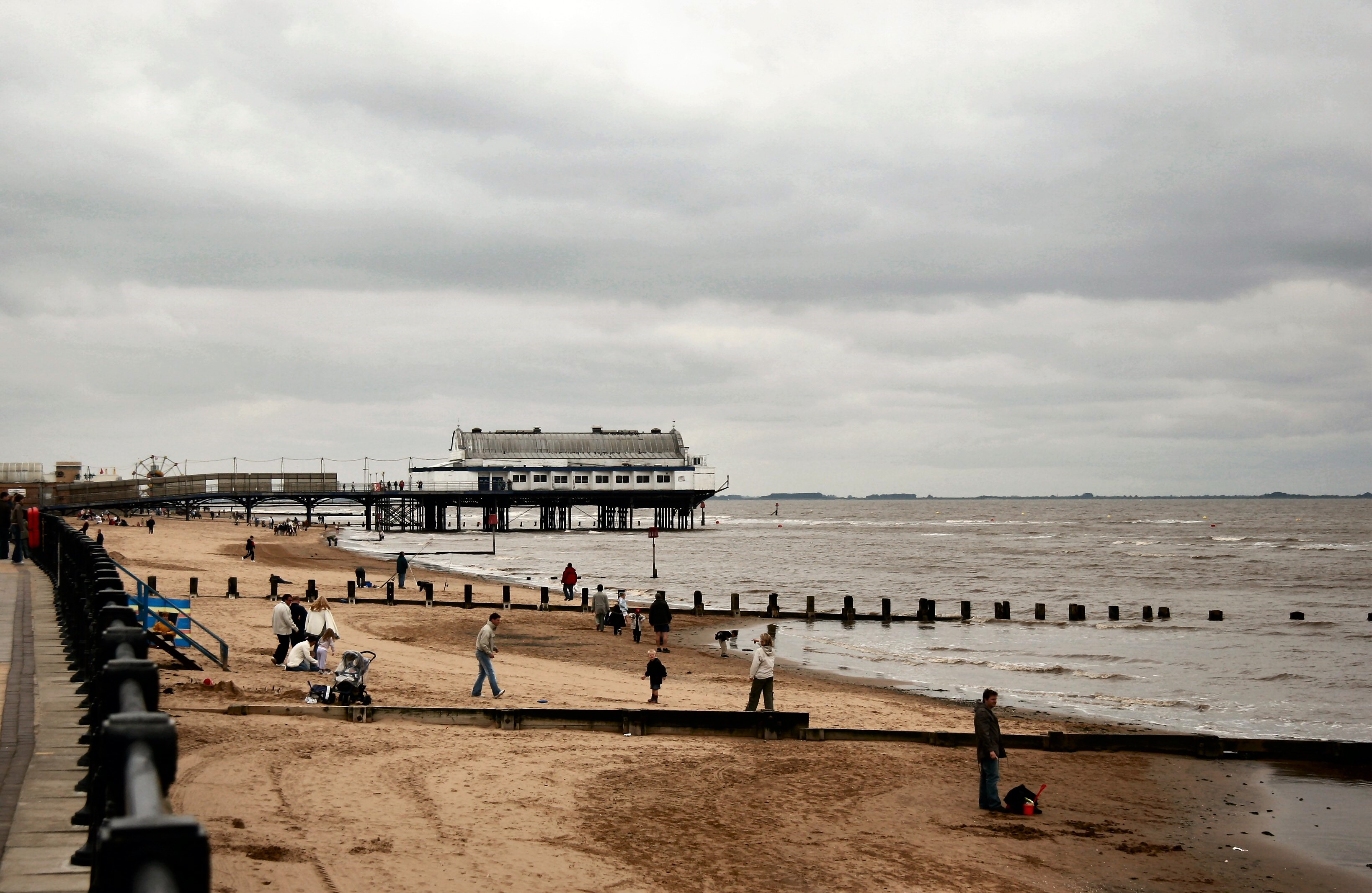
There was a time when it would have been difficult to find a patch of sand to spread the family picnic blanket here because of the other families packed together. Cleethorpes retains a few signs of its former role as a thriving, traditional resort: the Ferris wheel, the pier with theatre and the long promenade.
It retains a seedy, melancholy 1950s charm.
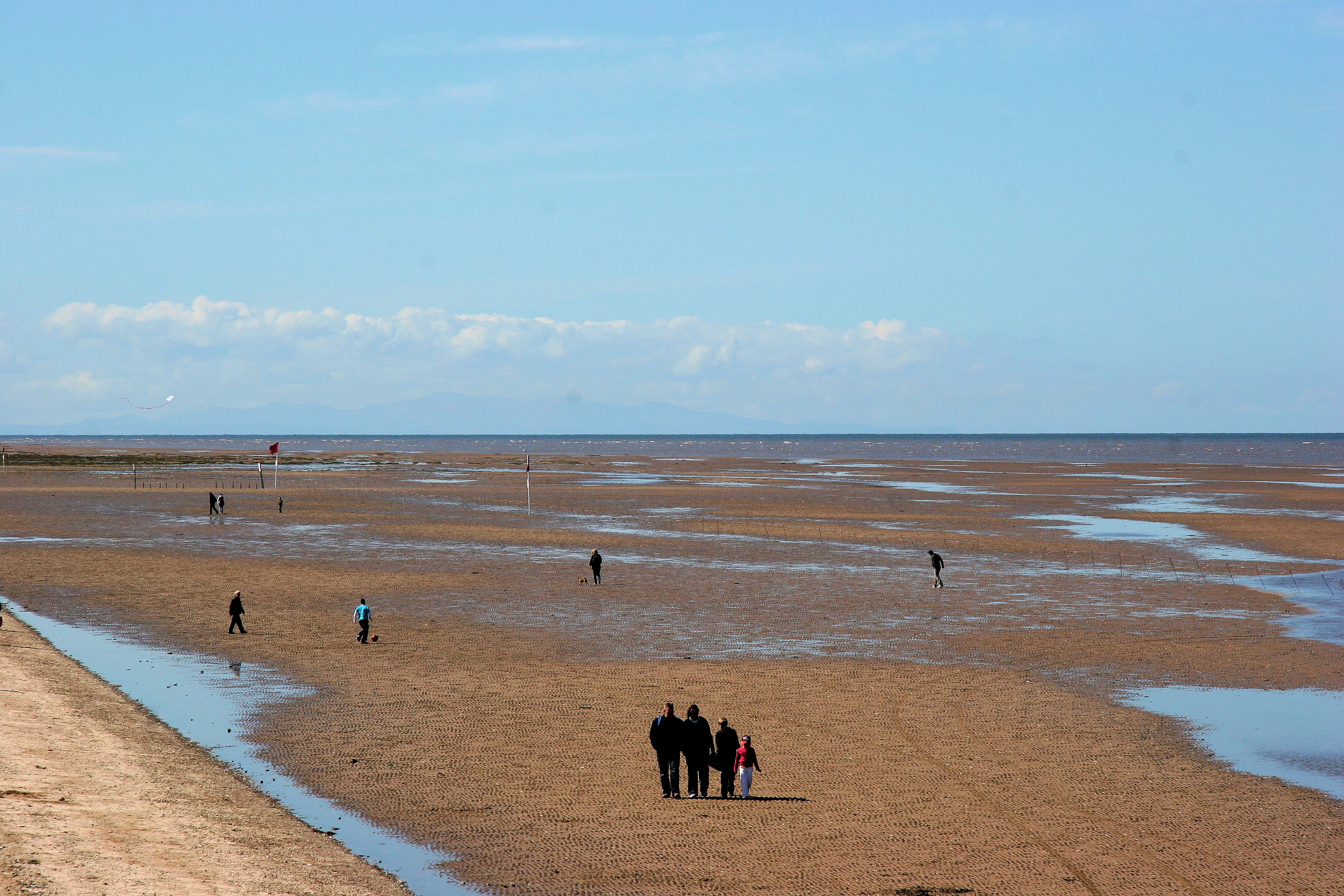
If you stroll the length of the promenade there are new developments south of the town and the endless beach stretches to the horizon at low tide. Between here and Donna Nook a, few miles further on, there are many birds to see and grey seals.
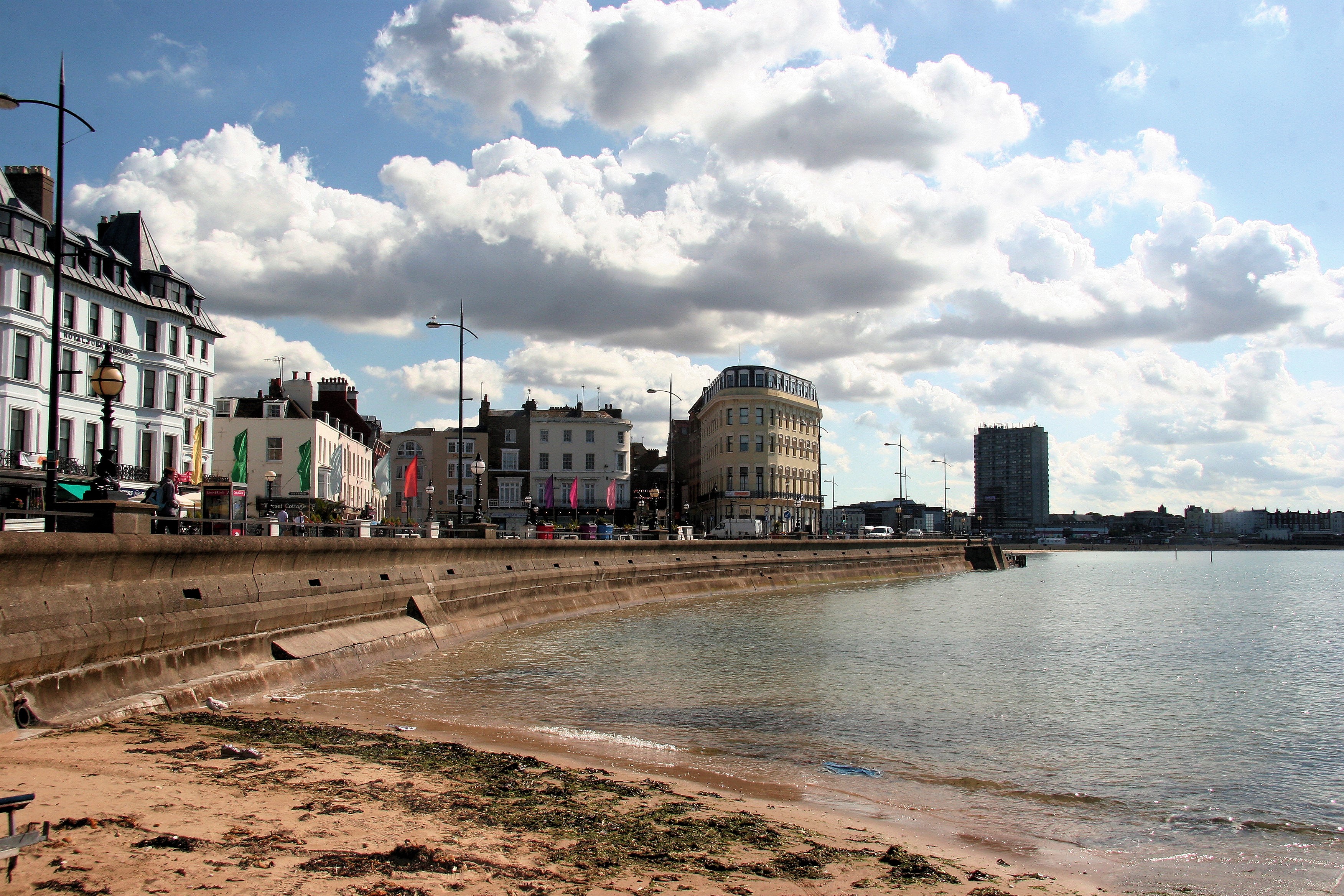
Margate is another traditional seaside resort that has seen better days.
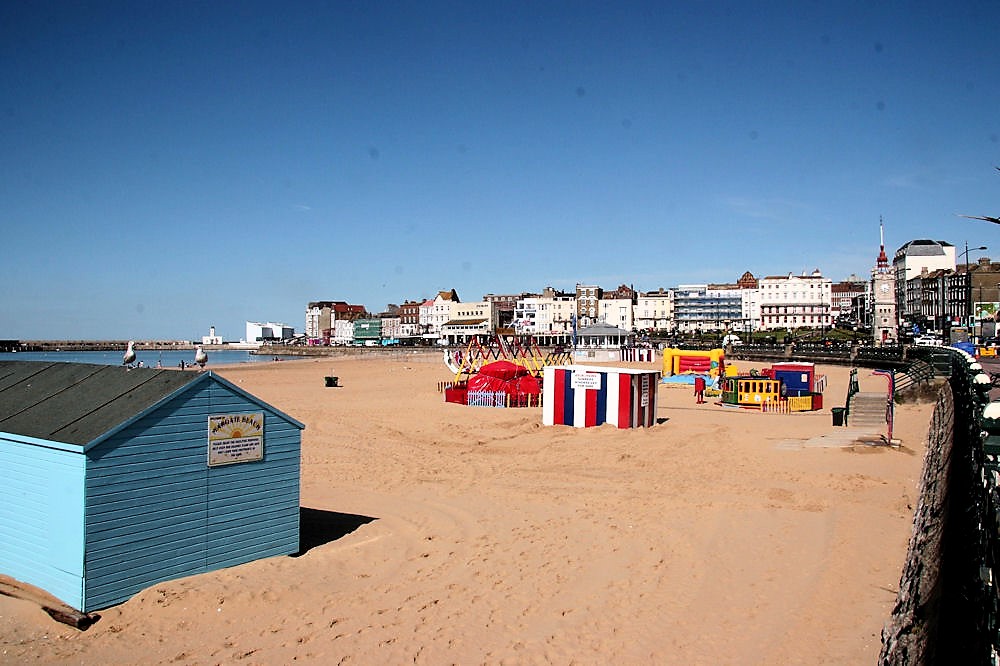
It is much livelier than Cleethorpes and has been much revived by a new fast rail link to London.
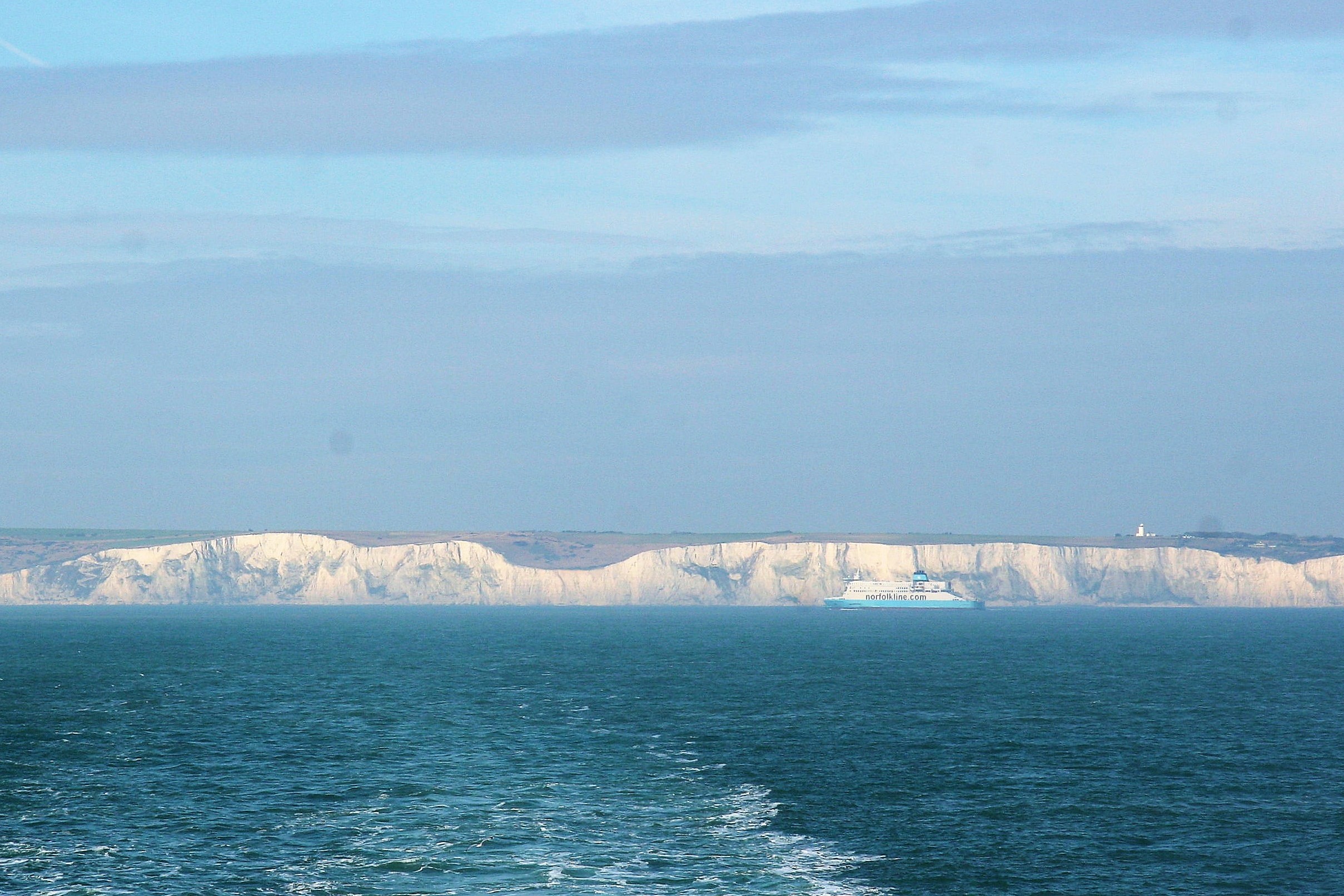
The white cliffs of Dover. The striking whiteness of the cliffs are caused by the Cretaceous Chalk rock and a constant exposing of fresh rock by erosion.
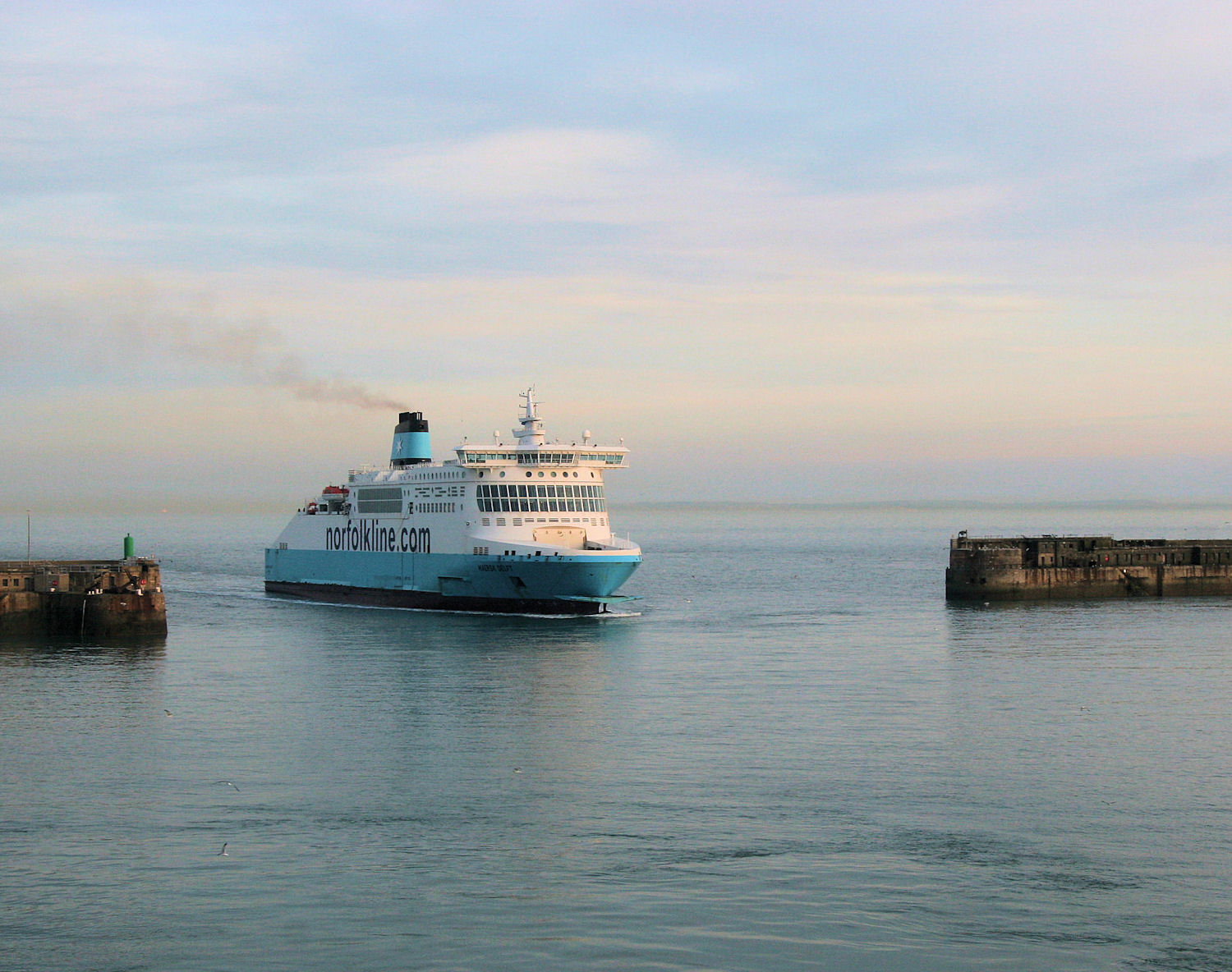
One of the constant flow of ferries entering Dover Harbour.
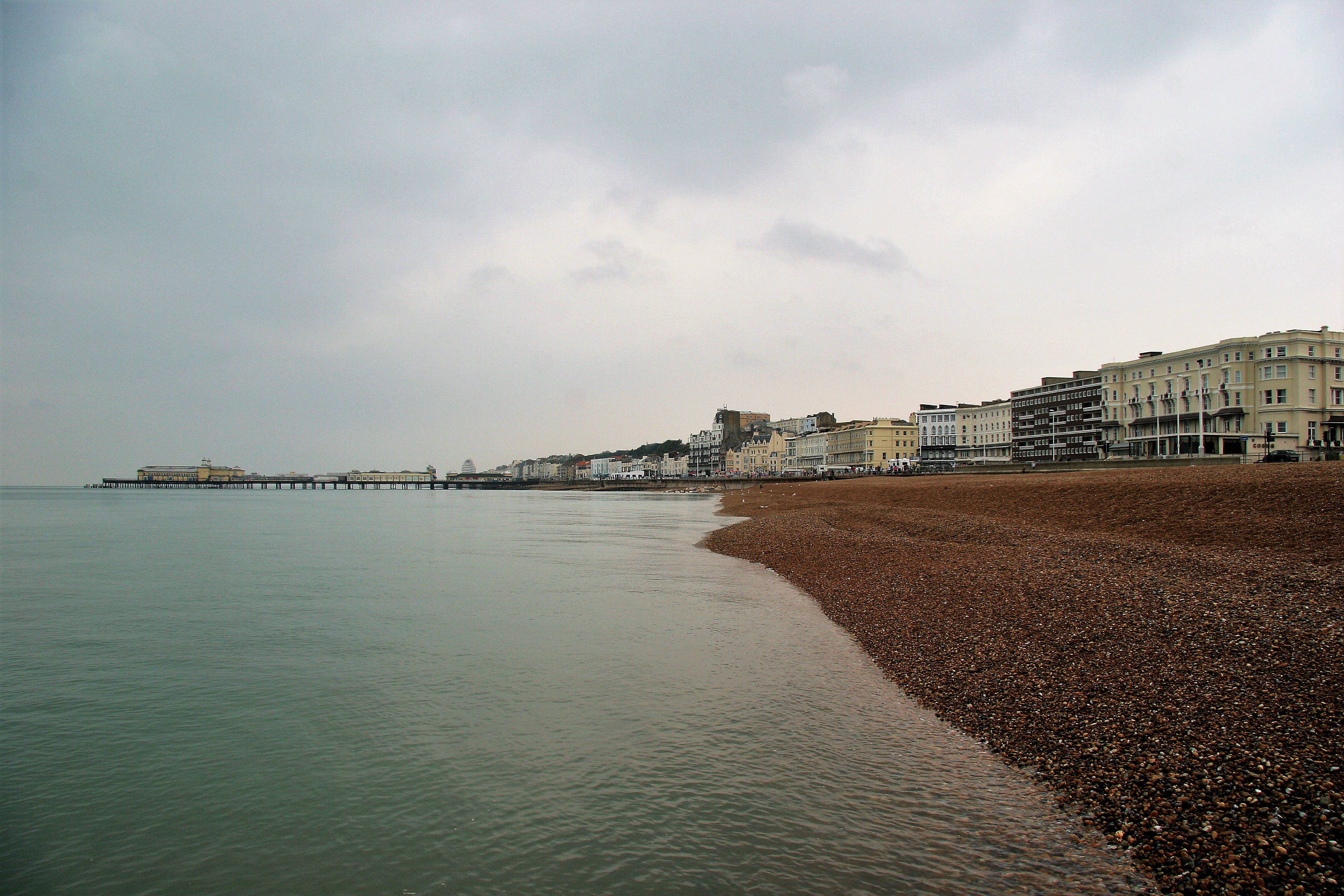
A little further along the coast is Hastings
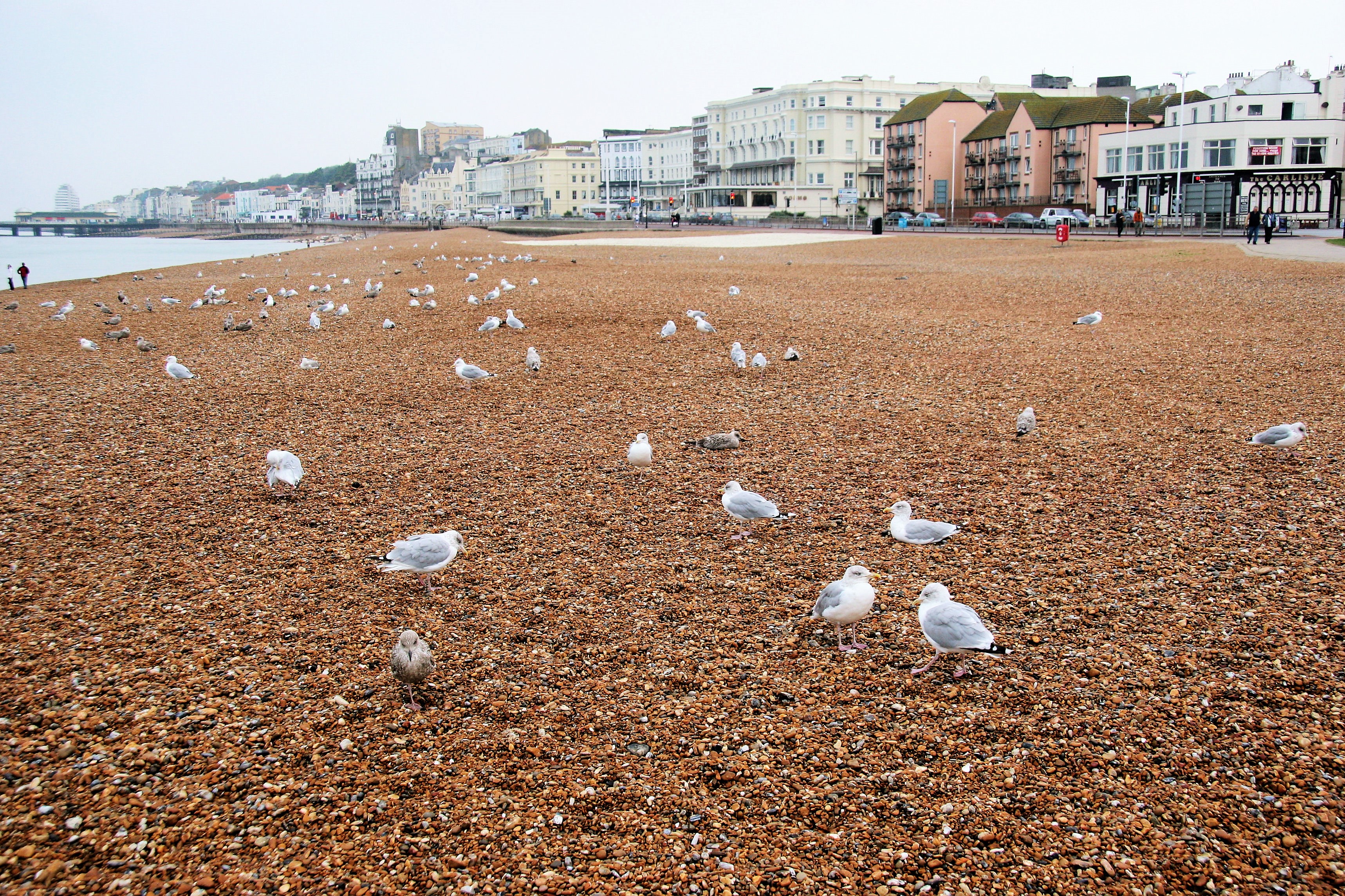
It has a shingle beach. This is due to longshore drift which has swept away finer sand particles leaving the heavier pebbles behind.
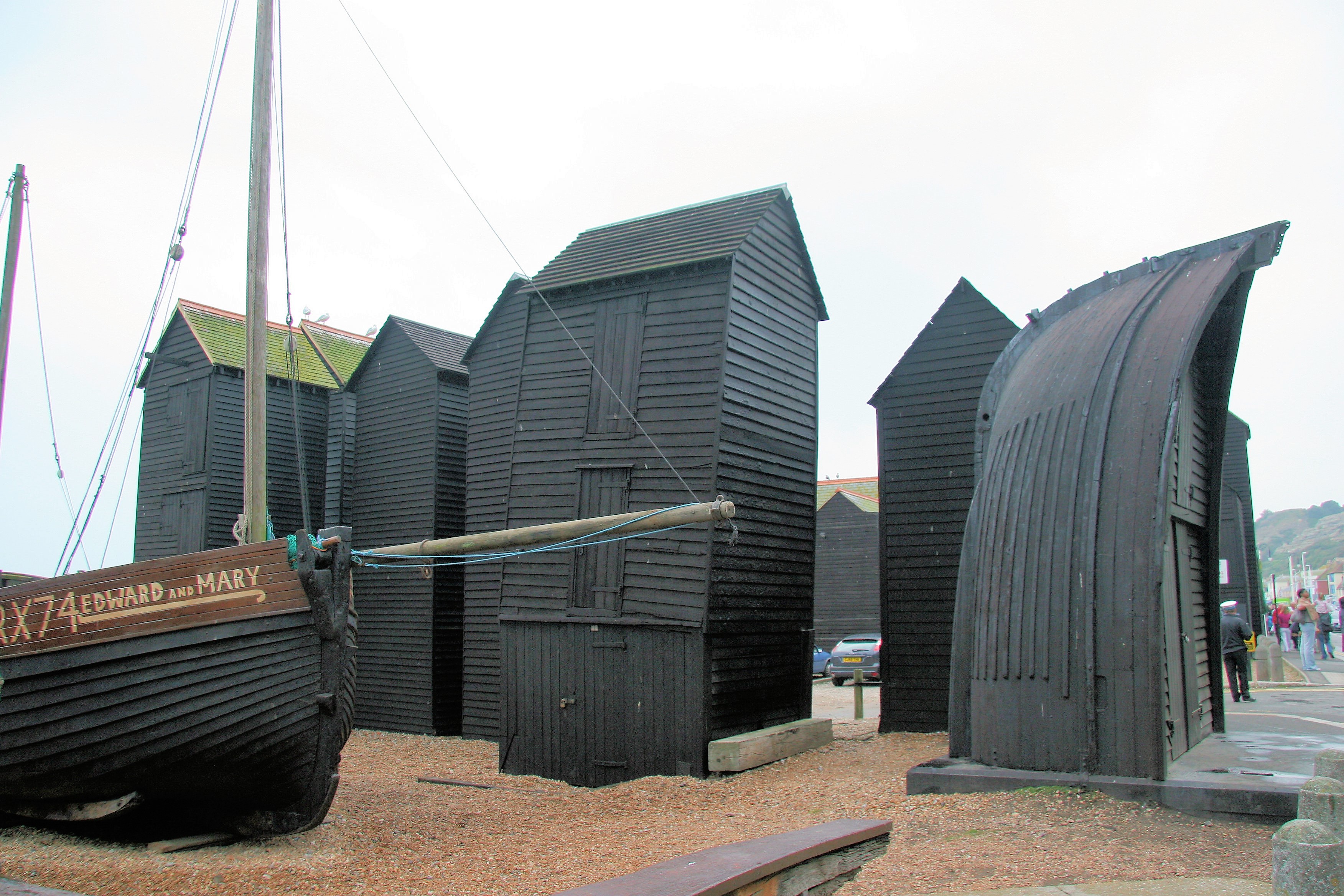
There is still some fishing carried out from Hastings. I was baffled by these sheds, with three stories, which belong to the fishing families. They store fishing gear which might deteriorate if left in the open and date back to the early nineteenth century.
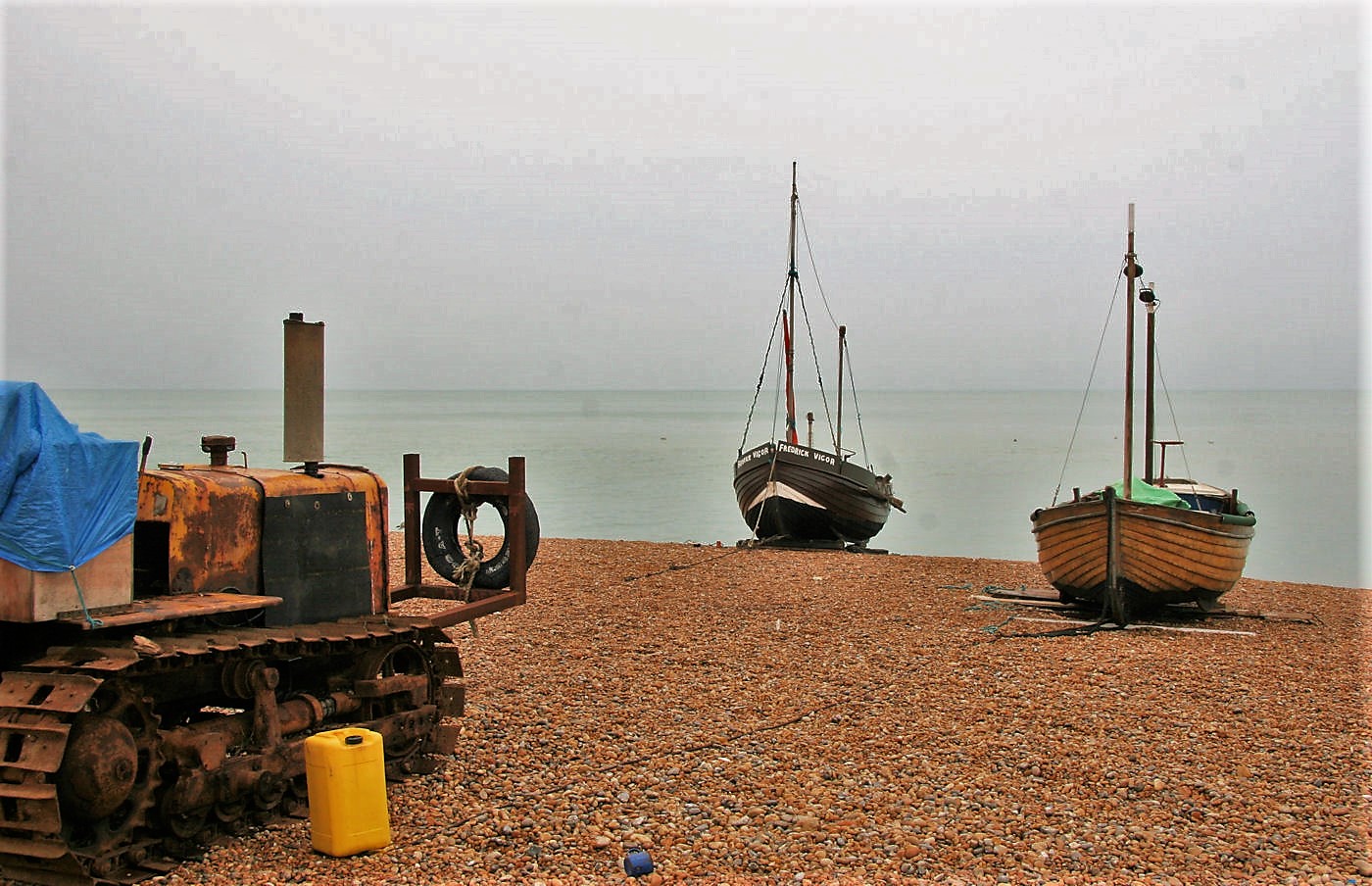
The fishing boats are launched from the open beach in a manner similar to that seen in Filey
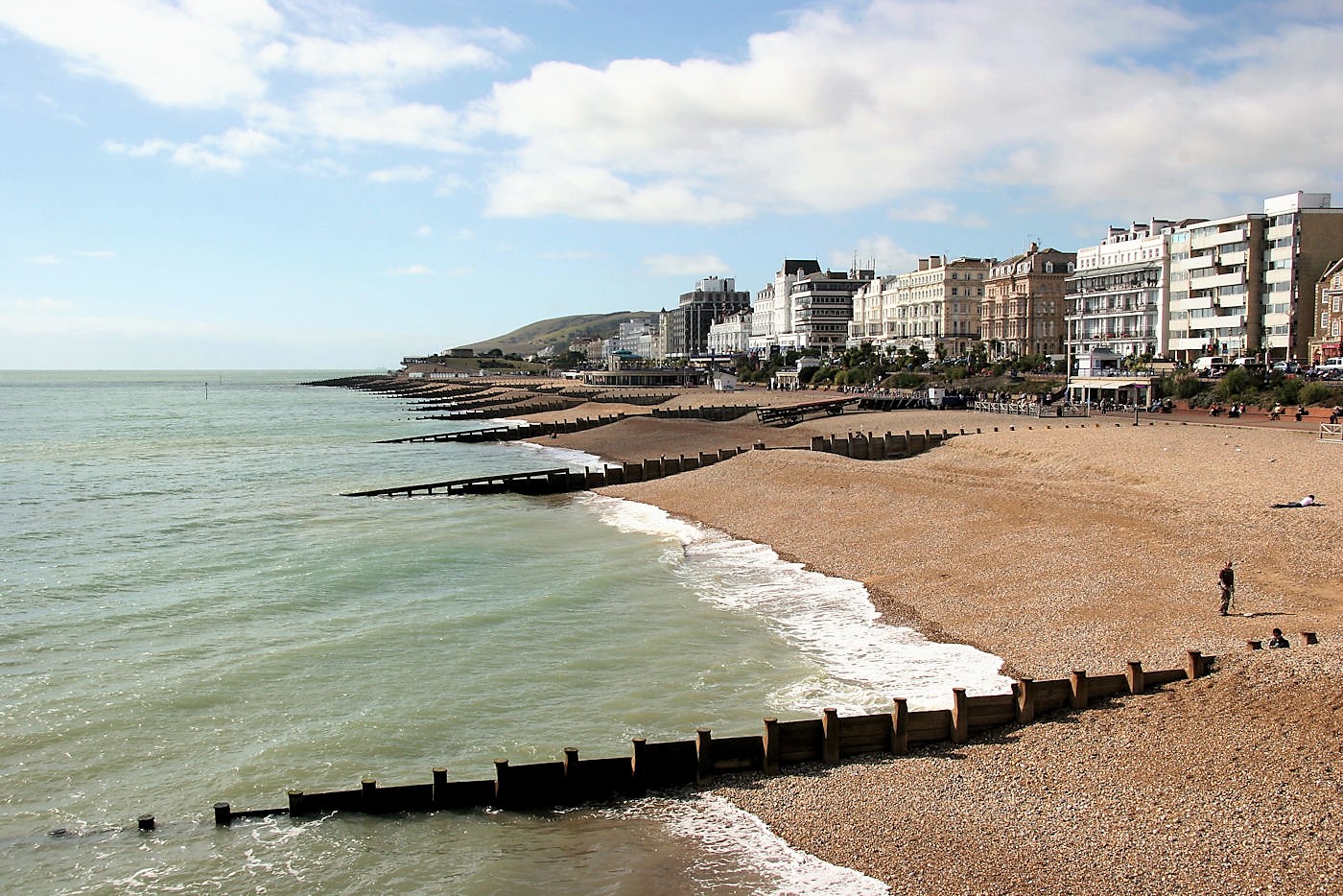
Eastbourne is a cut above the resorts we have visited so far. It exudes an air of wealth and refinement.
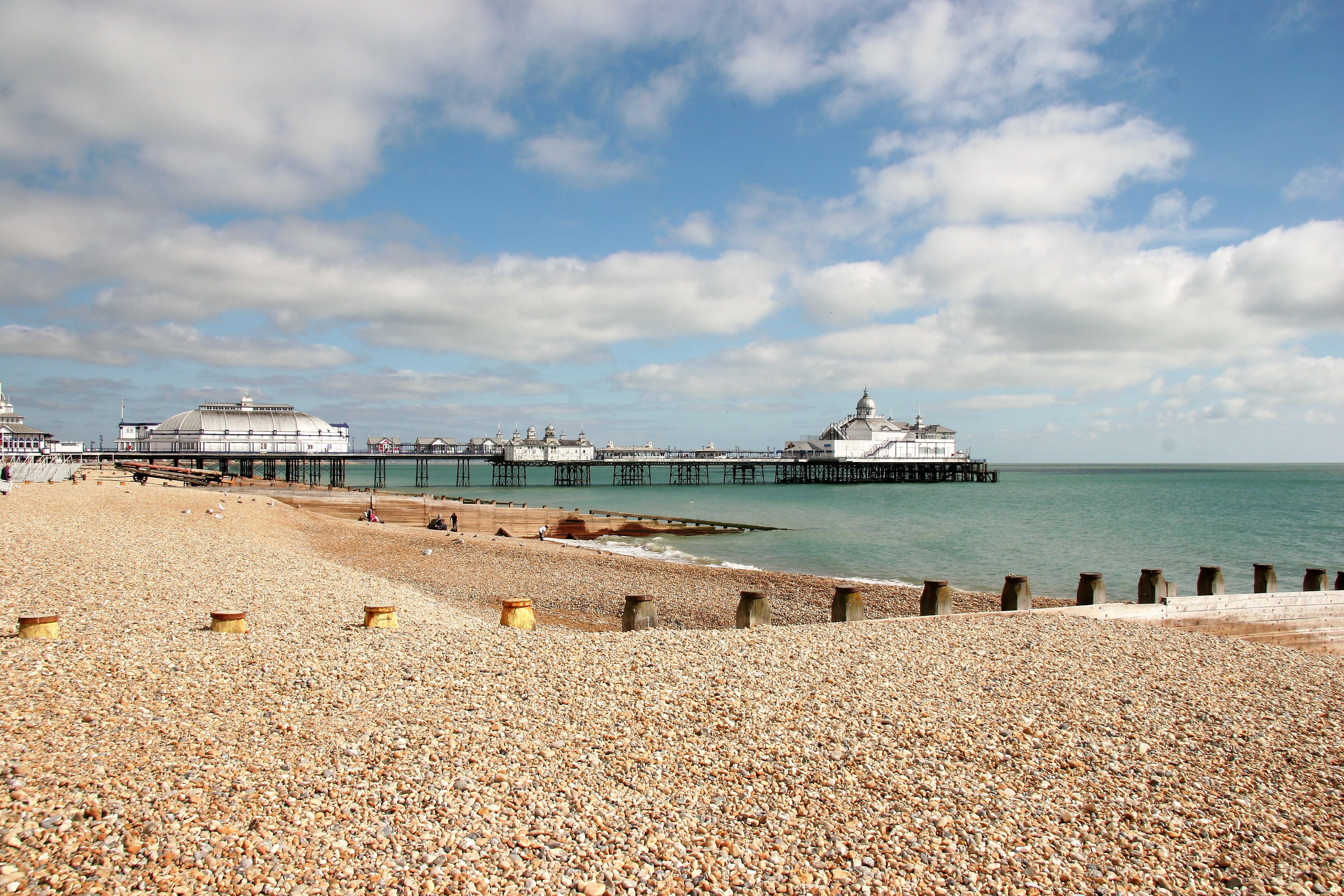
It has a history as a seaside resort and has some of the typical features, such as this fine pier. But there is something more refined about Eastbourne: the cashiers and secretaries would go to Margate, but the bank manager would come here.
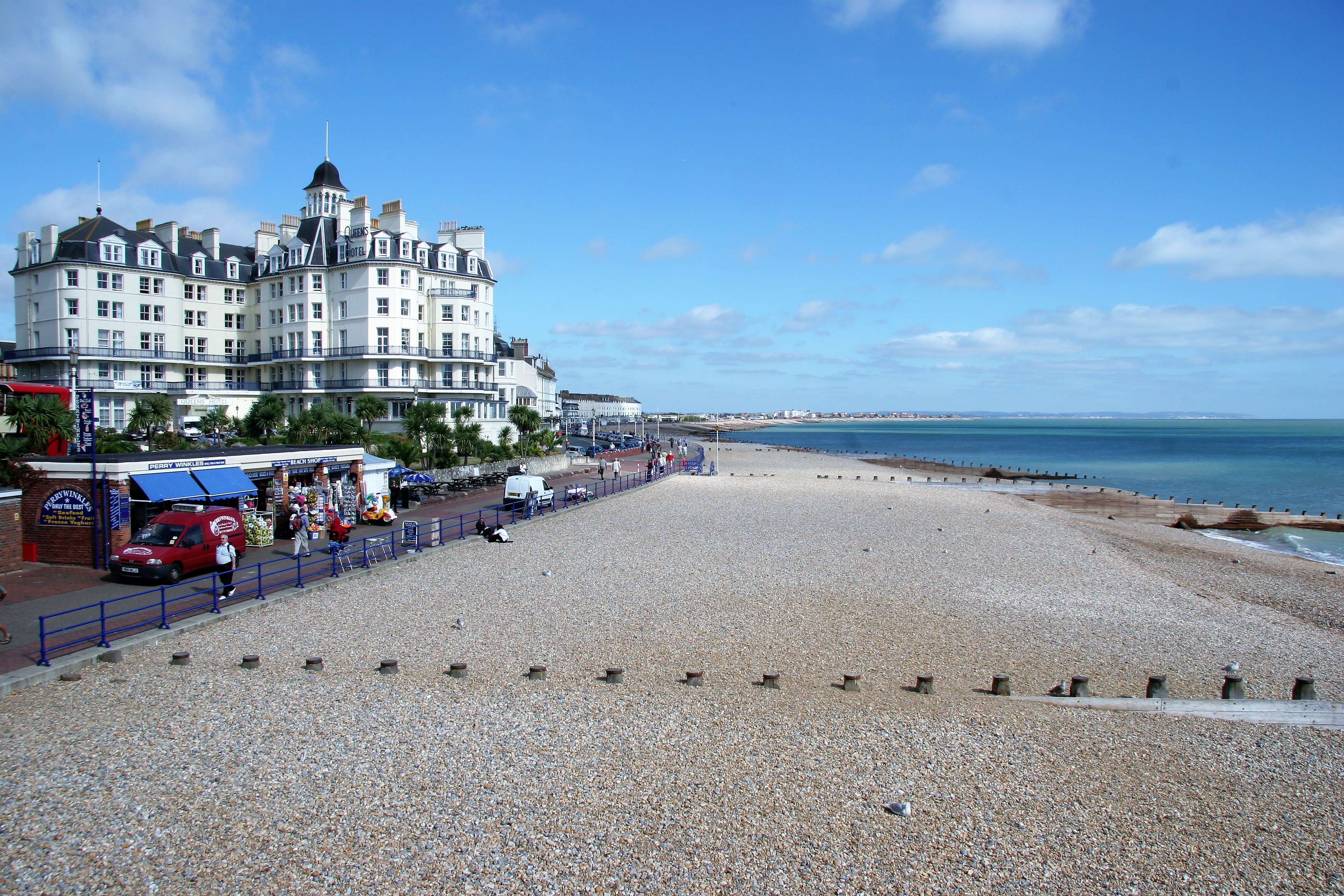
One of Eastbourne's posh hotels. Apparently Debussy ran away here with his mistress...
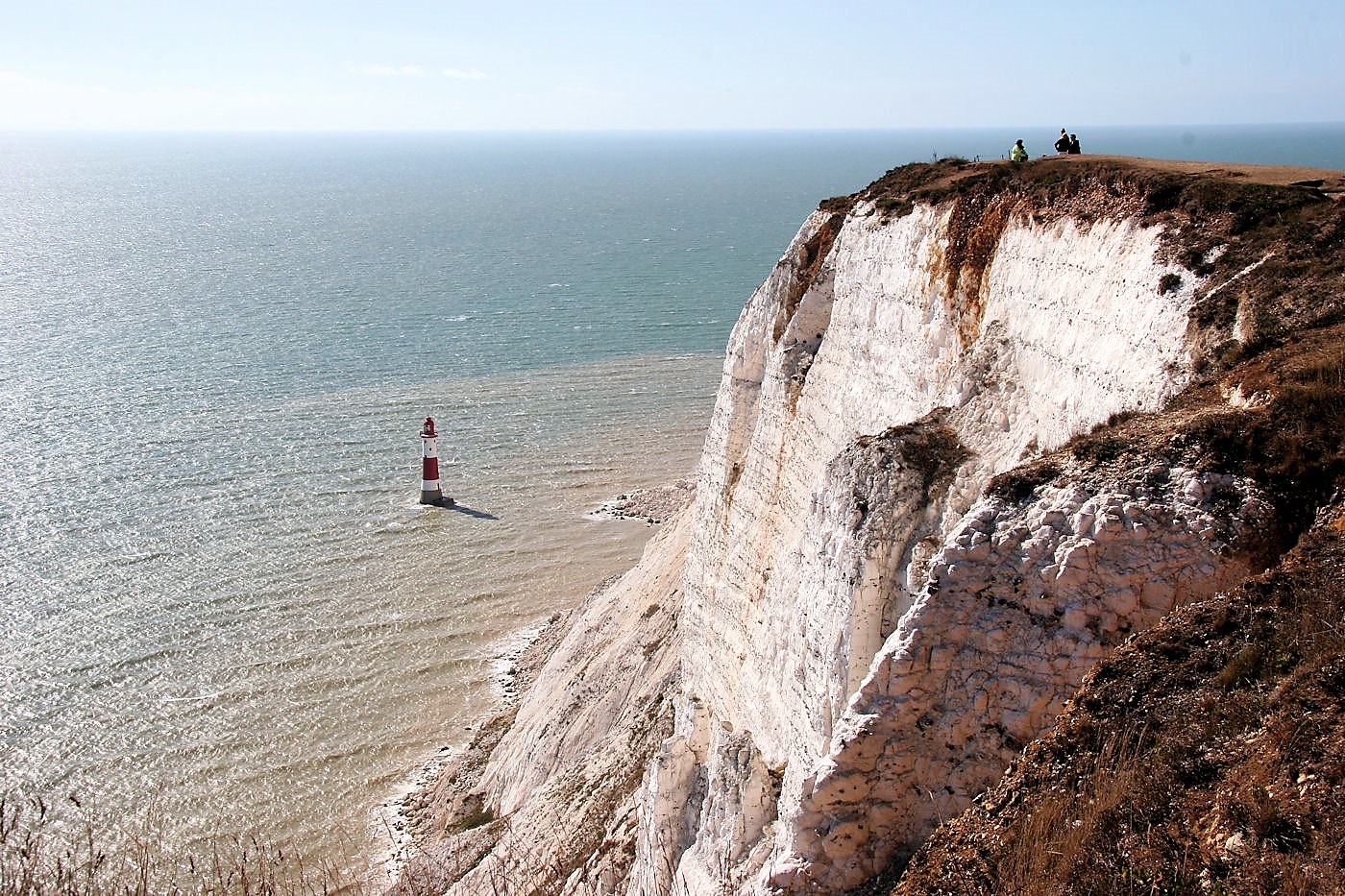
Behind Eastbourne is Beachy Head, another cliff of chalk rock. It is a beautiful spot which has its dark side, it is a favourite site for suicides. The woman in the high visibility vest, surrounded by commemorative crosses, is a vicar. She is stationed there to act as a final deterrent and aid to those with problems they cannot handle.
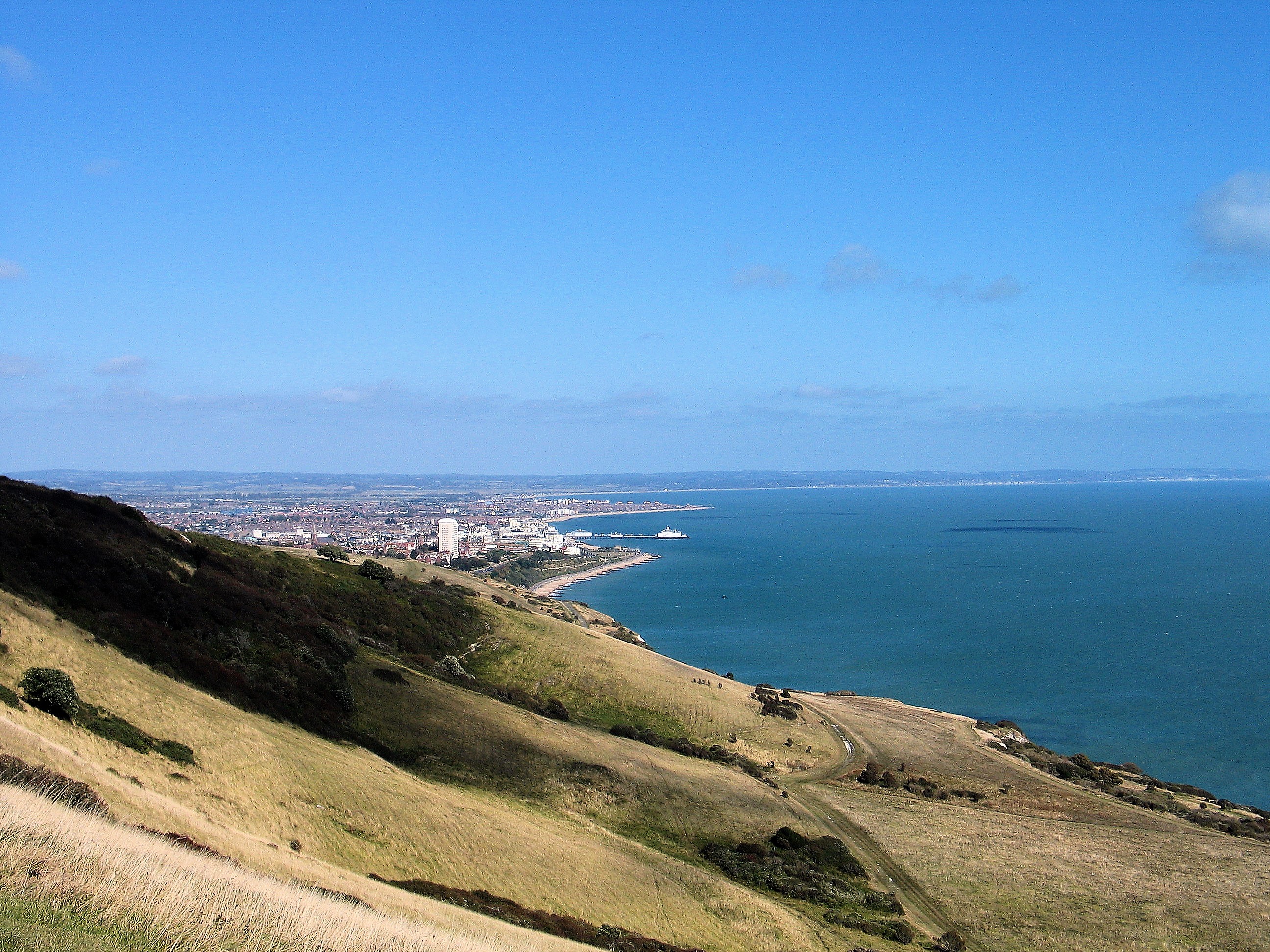
The south coast of England stretching eastwards from Beachy Head.
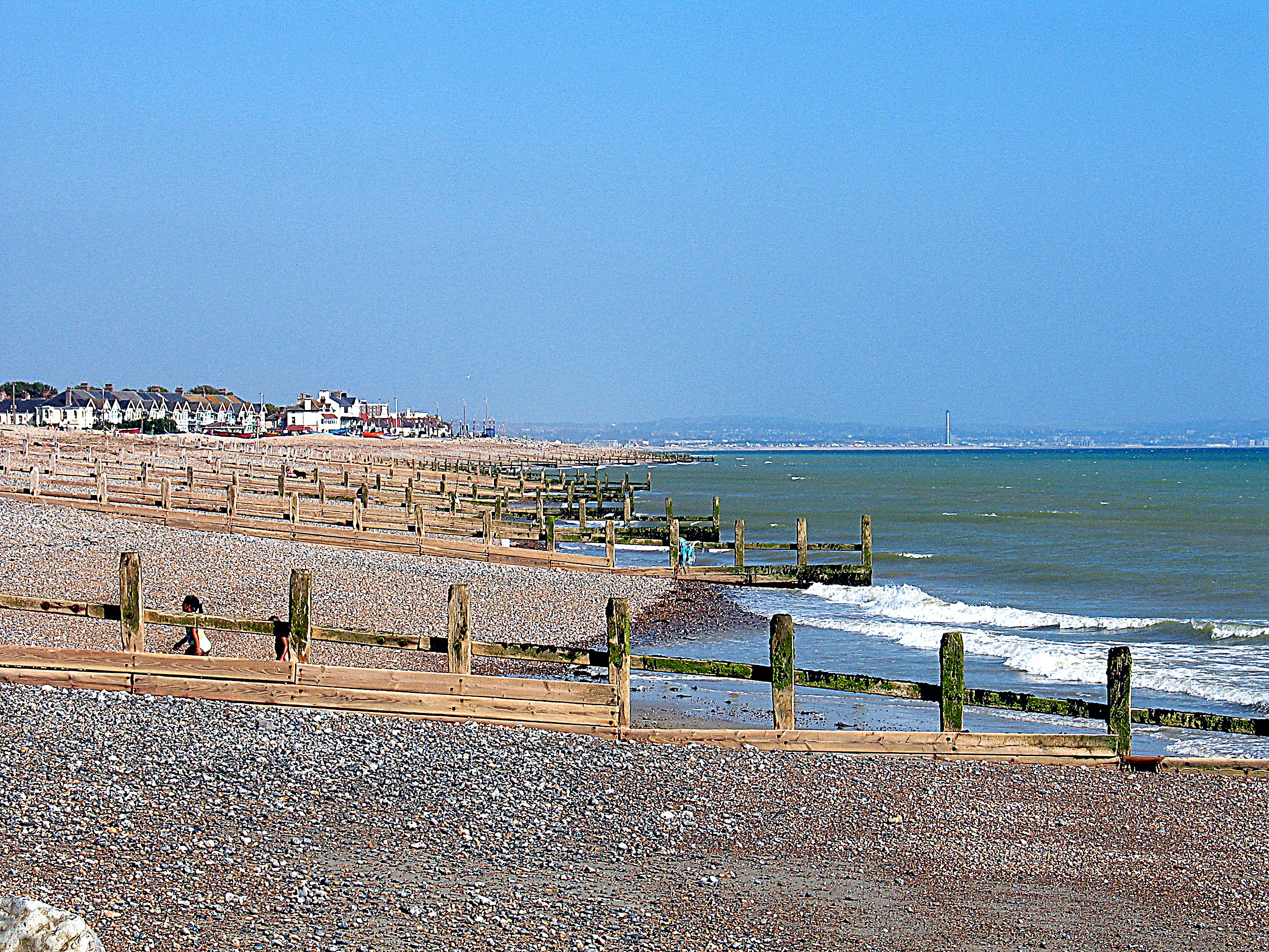
Continuing westwards is Worthing...
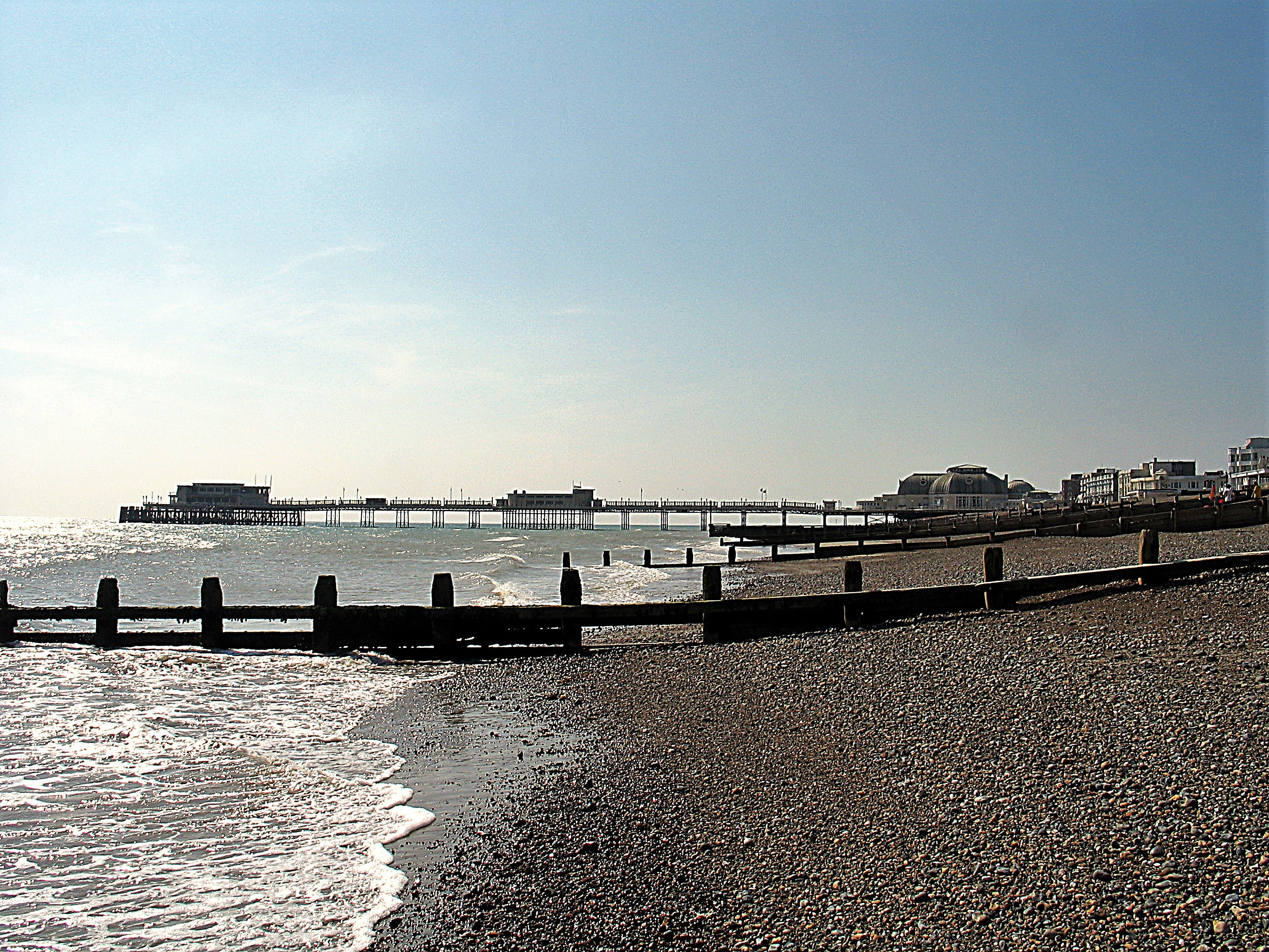
...another former holiday resort with a pier. Today it is more a place of retirement.
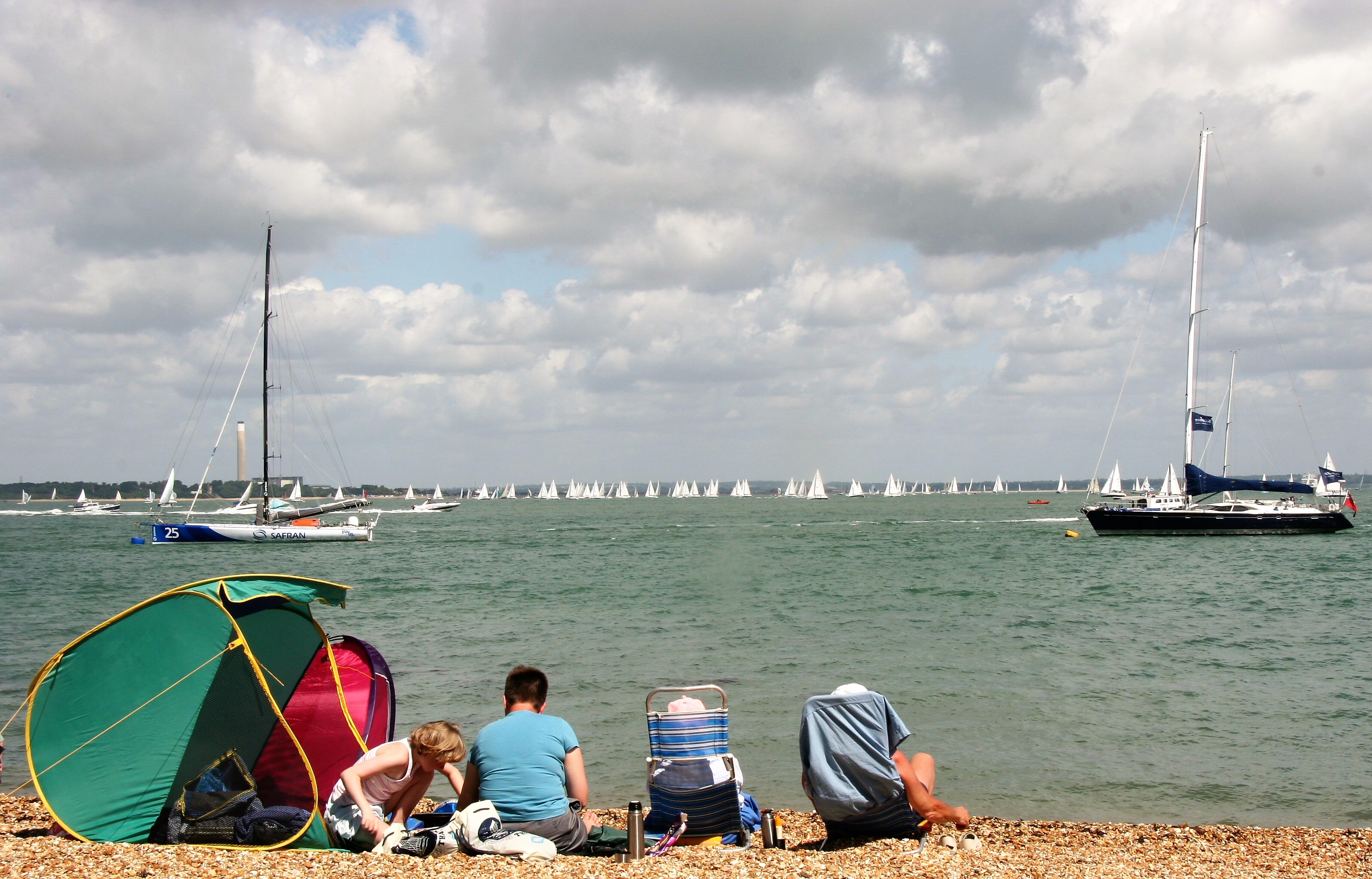
Cowes on the Isle of Wight during the sailing week.
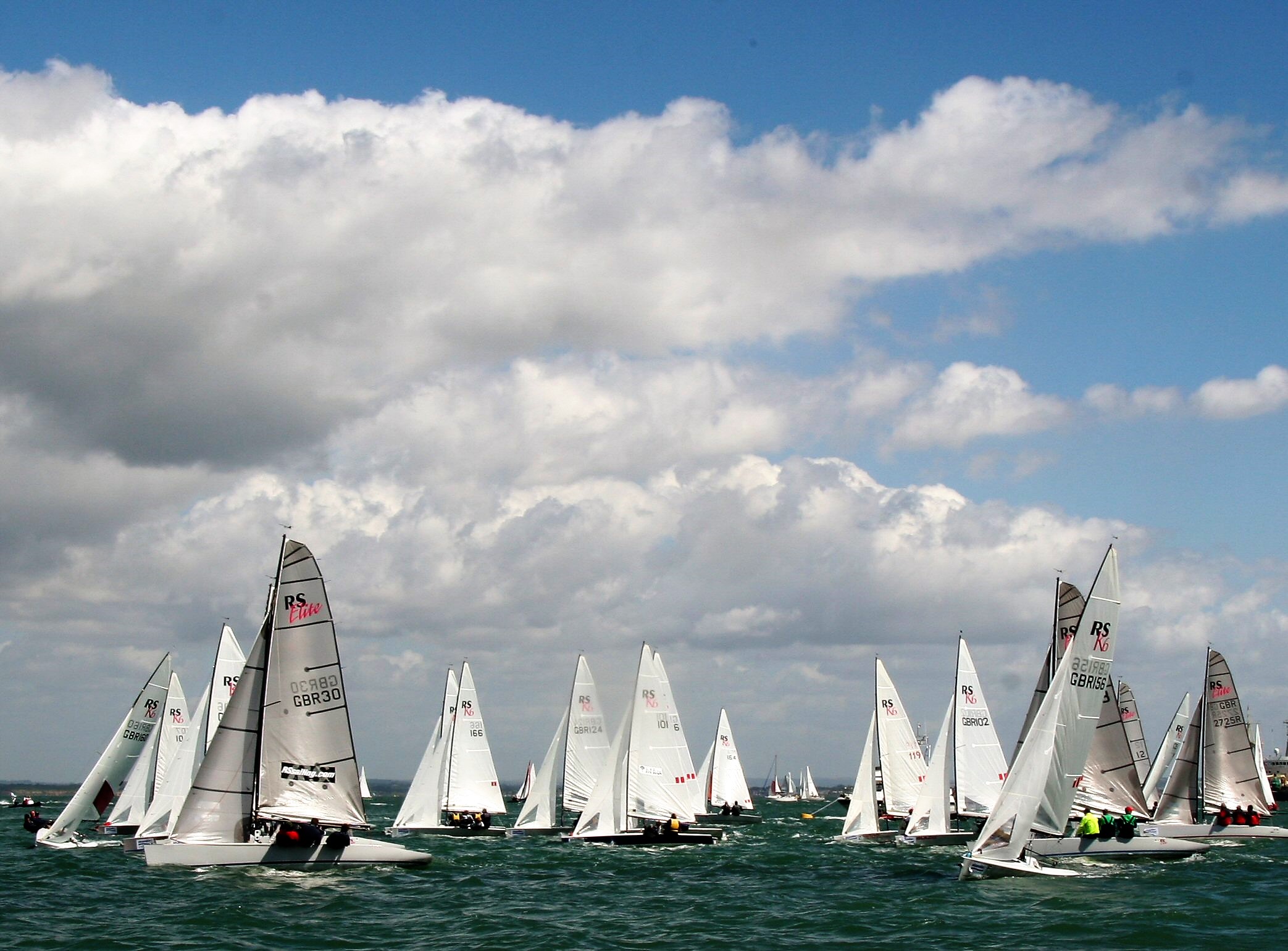
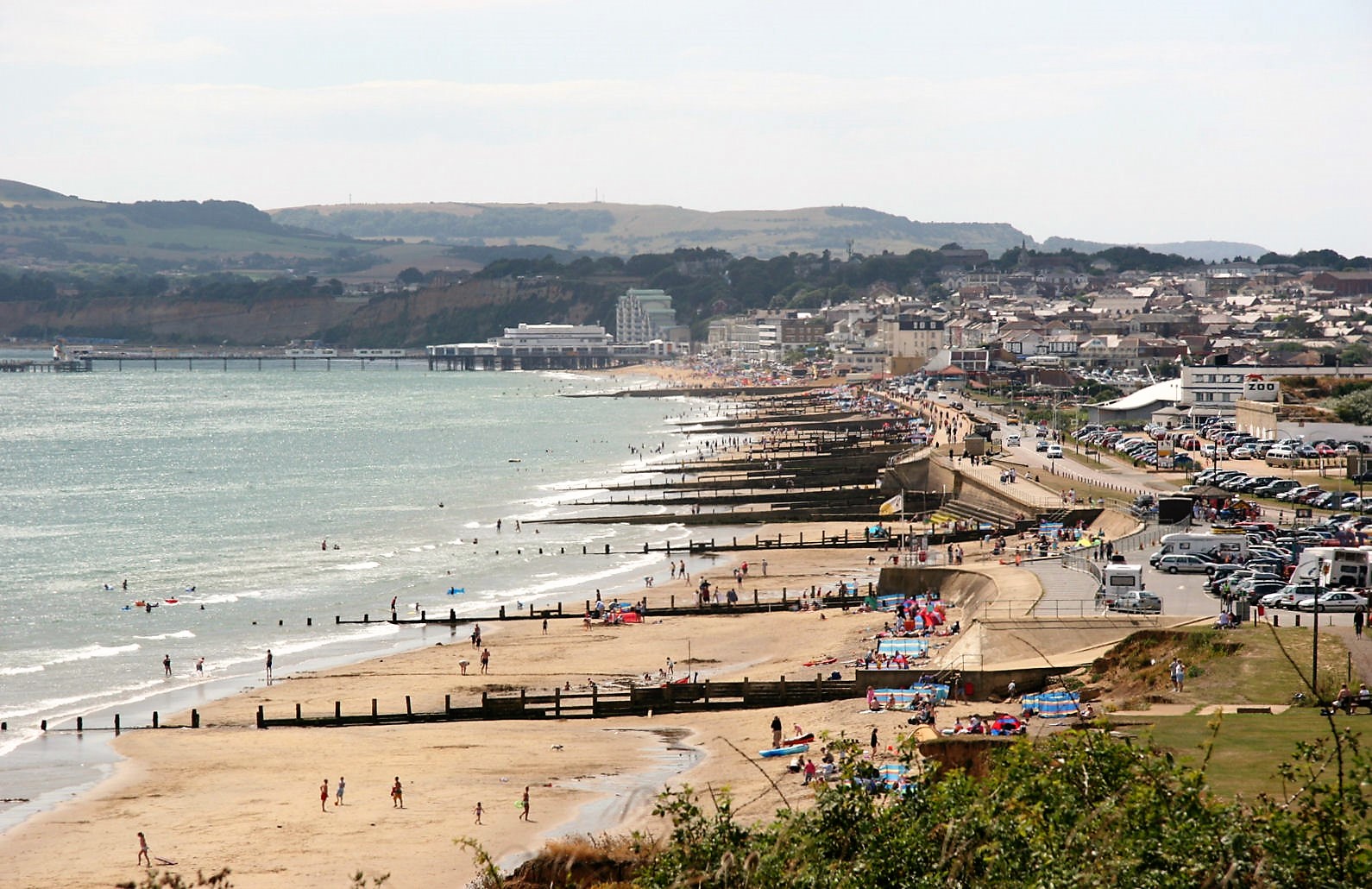
If you are not into sailing, there are some fine beaches here. This is Sandown which merges with Shanklin..
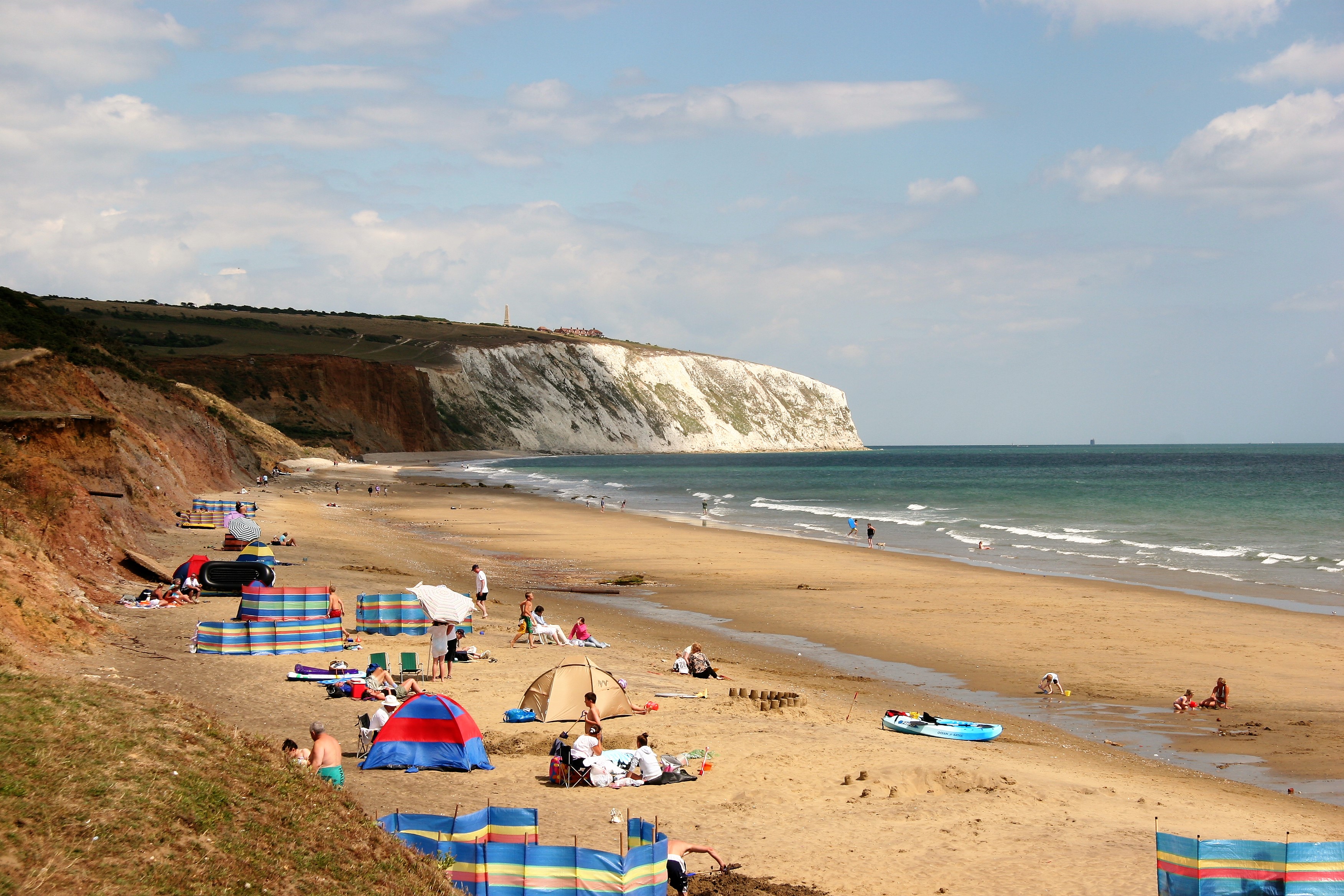
The end of Sandown beach is marked by Culver Cliff, another outcrop of chalk.
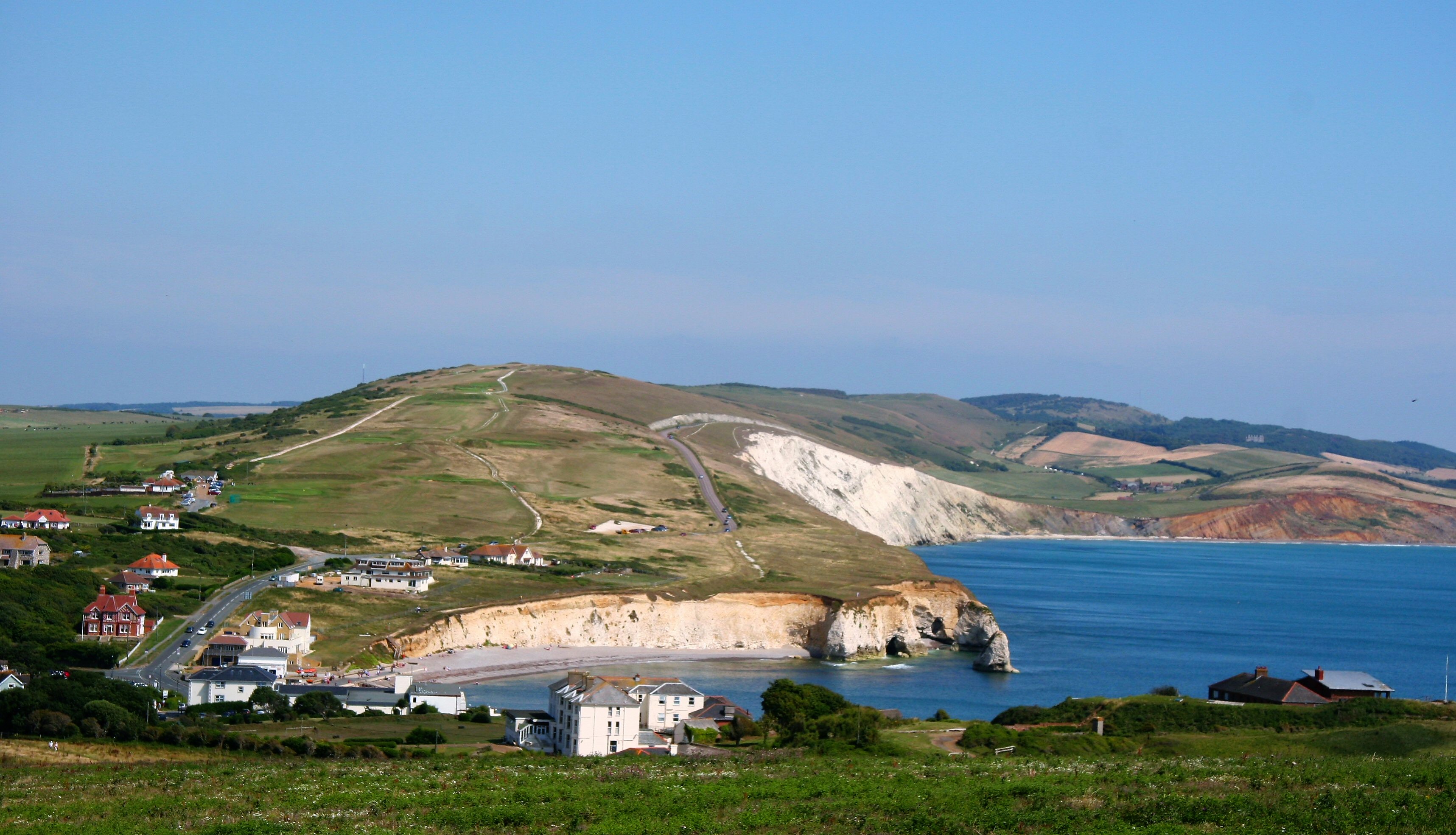
The chalk continues right across the island. This is the lovely Freshwater Bay.
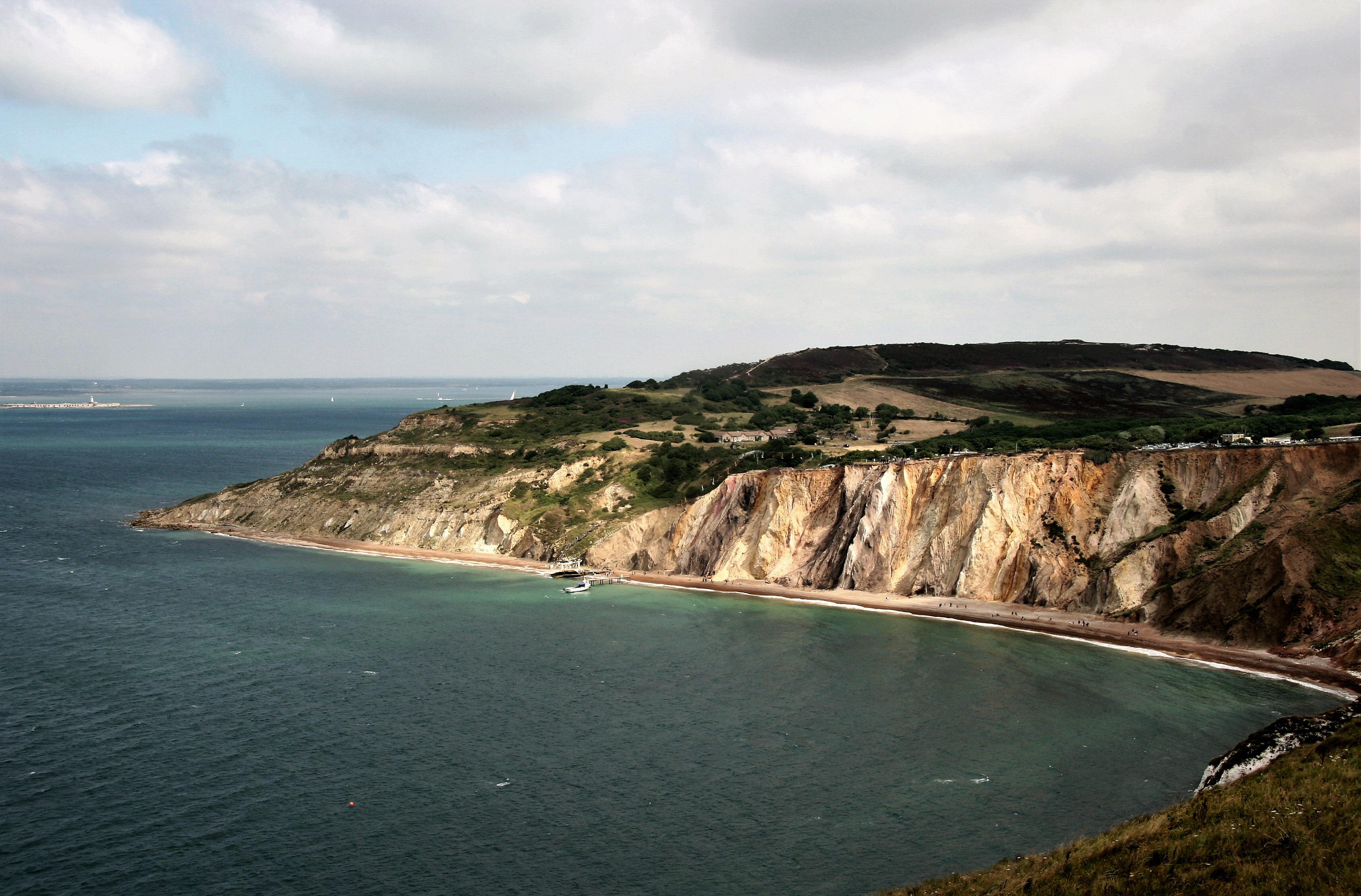
Alum Bay. The last time I came here in 1956 it was just a cliff and one was free to wander about. The only development was a bloke selling little glass lighthouses, which you were free to scramble about on the cliffs and fill with layers of the different coloured sand. Today it is all fenced off, developed with lifts and stairs and you have to pay to get in.
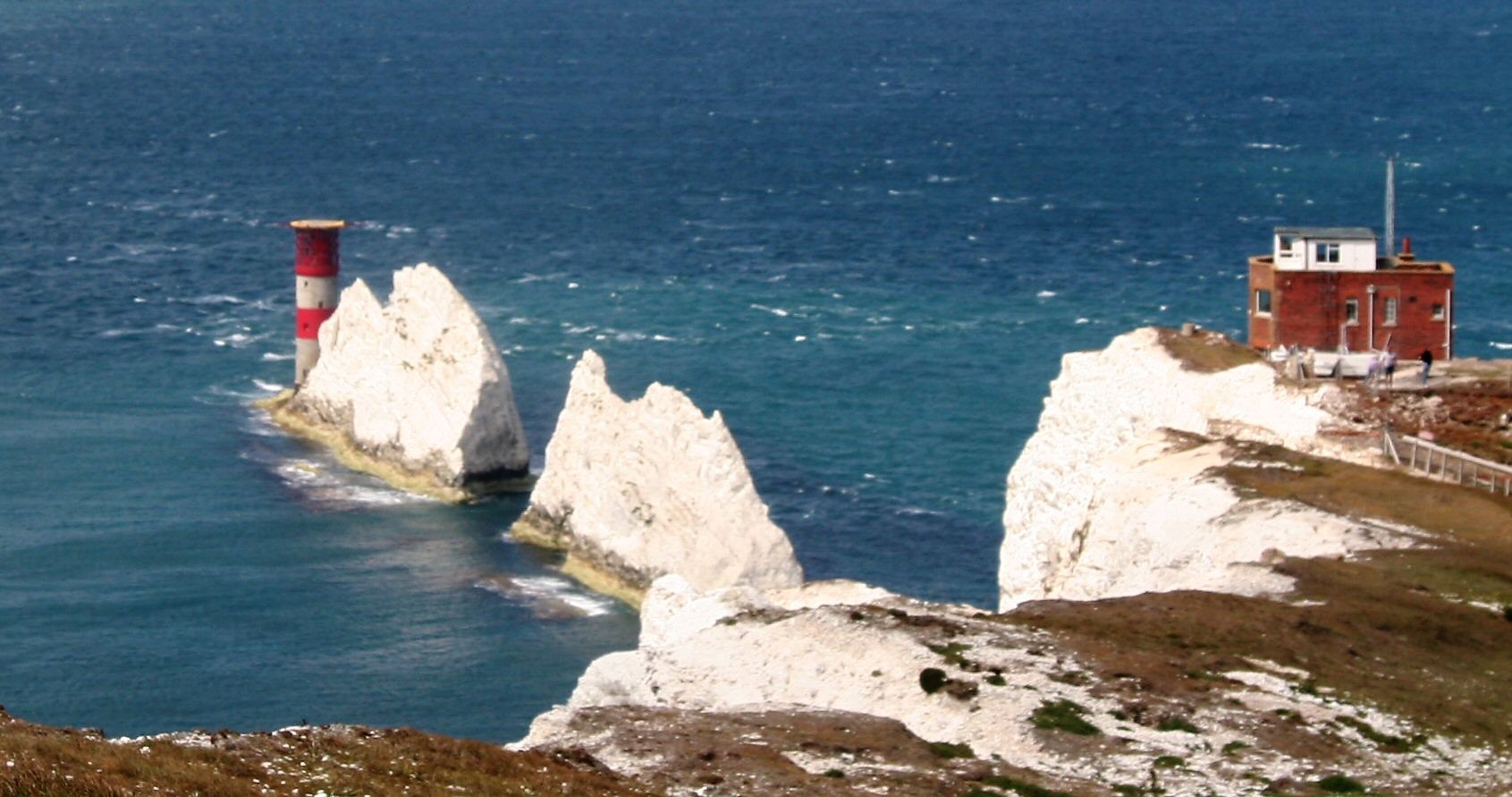
The chalk rock finally gives out at the island's most westerly point, The Needles - a series of chalk stacks.
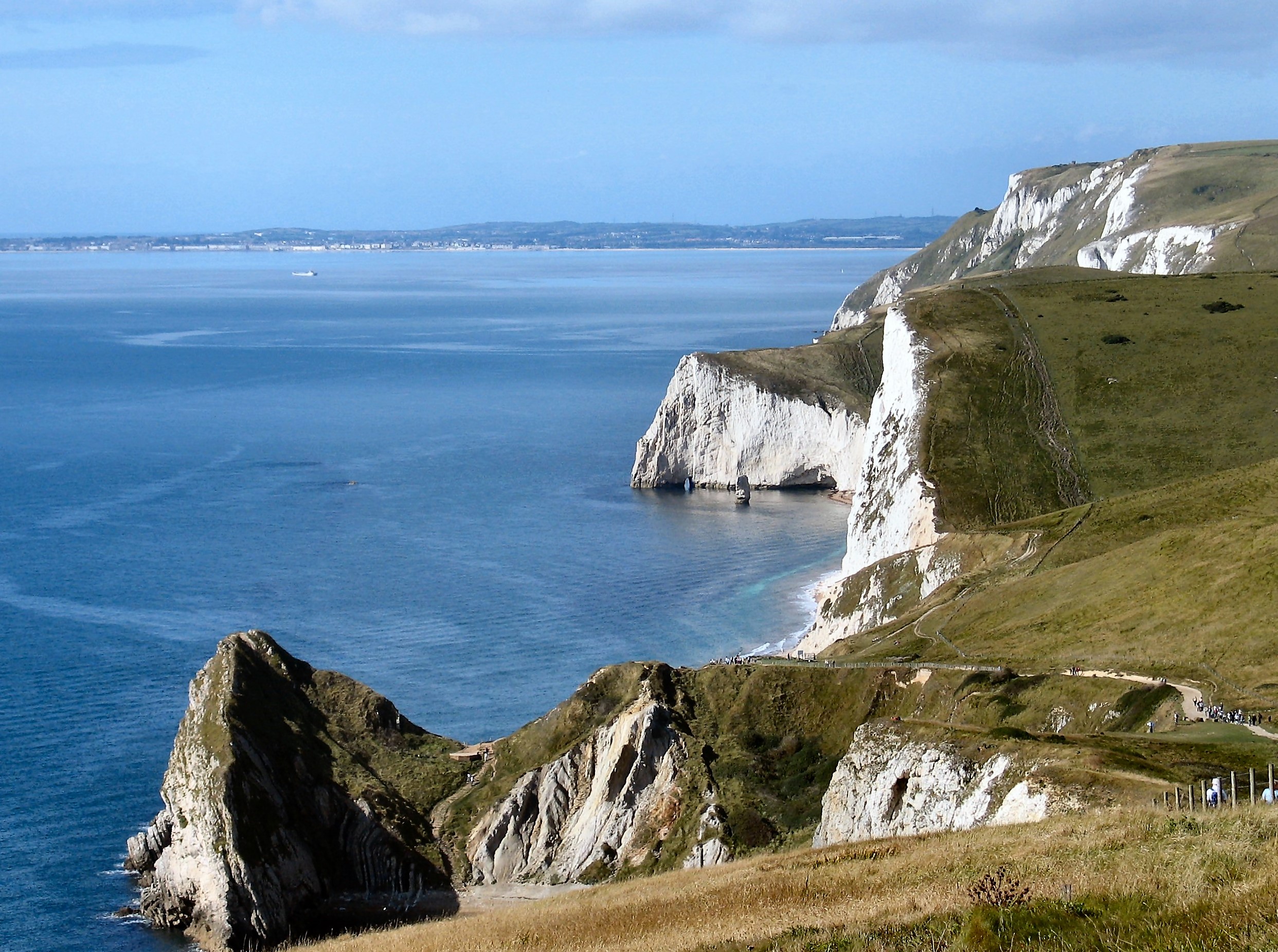
There is more chalk where the Dorset Downs edge the sea, with Weymouth in the distance.
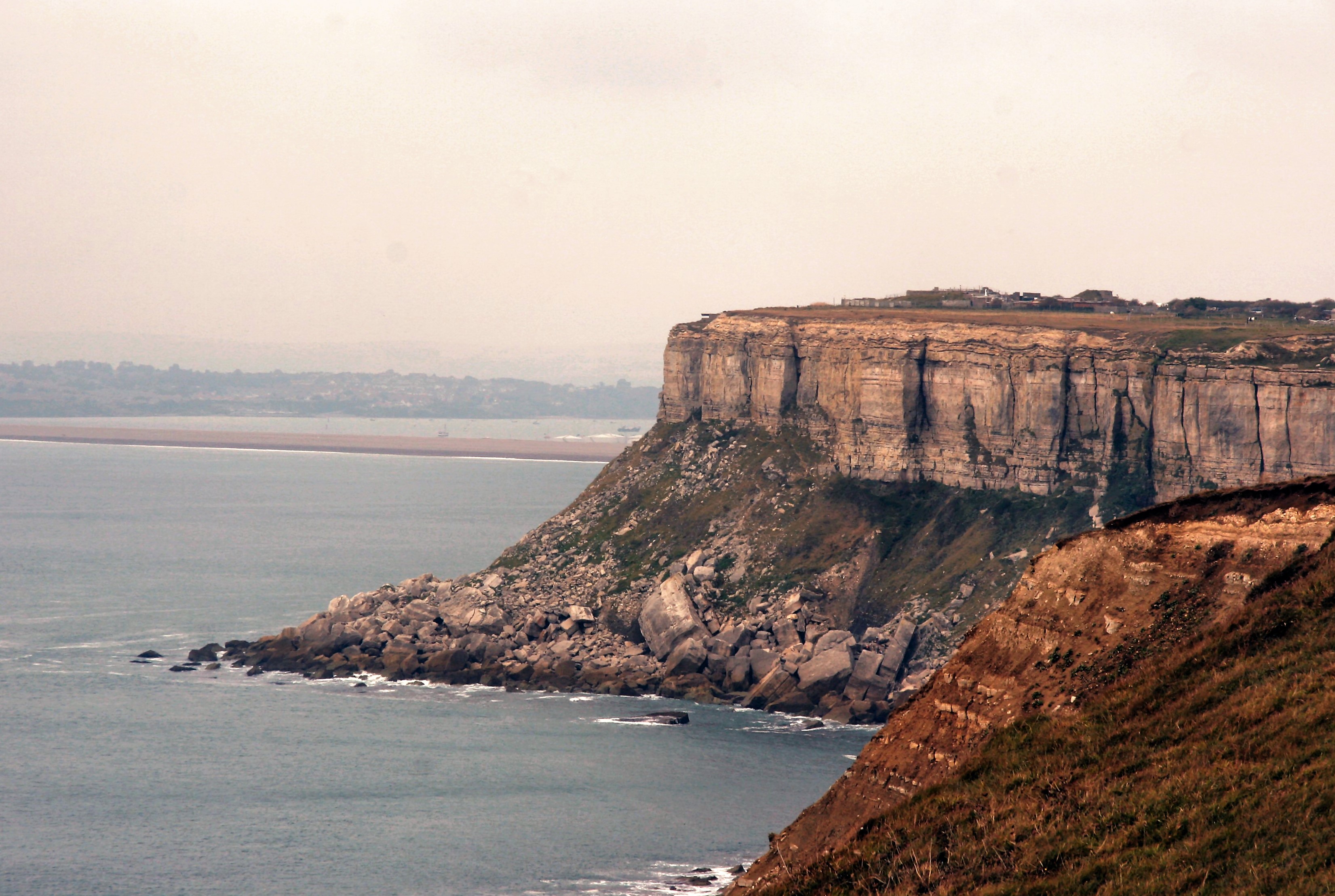
The Isle of Purbeck is linked to the mainland by the extraordinary Chesil Beach. Various limestone rocks, most famously Purbeck marble, have been quarried here since Roman times.
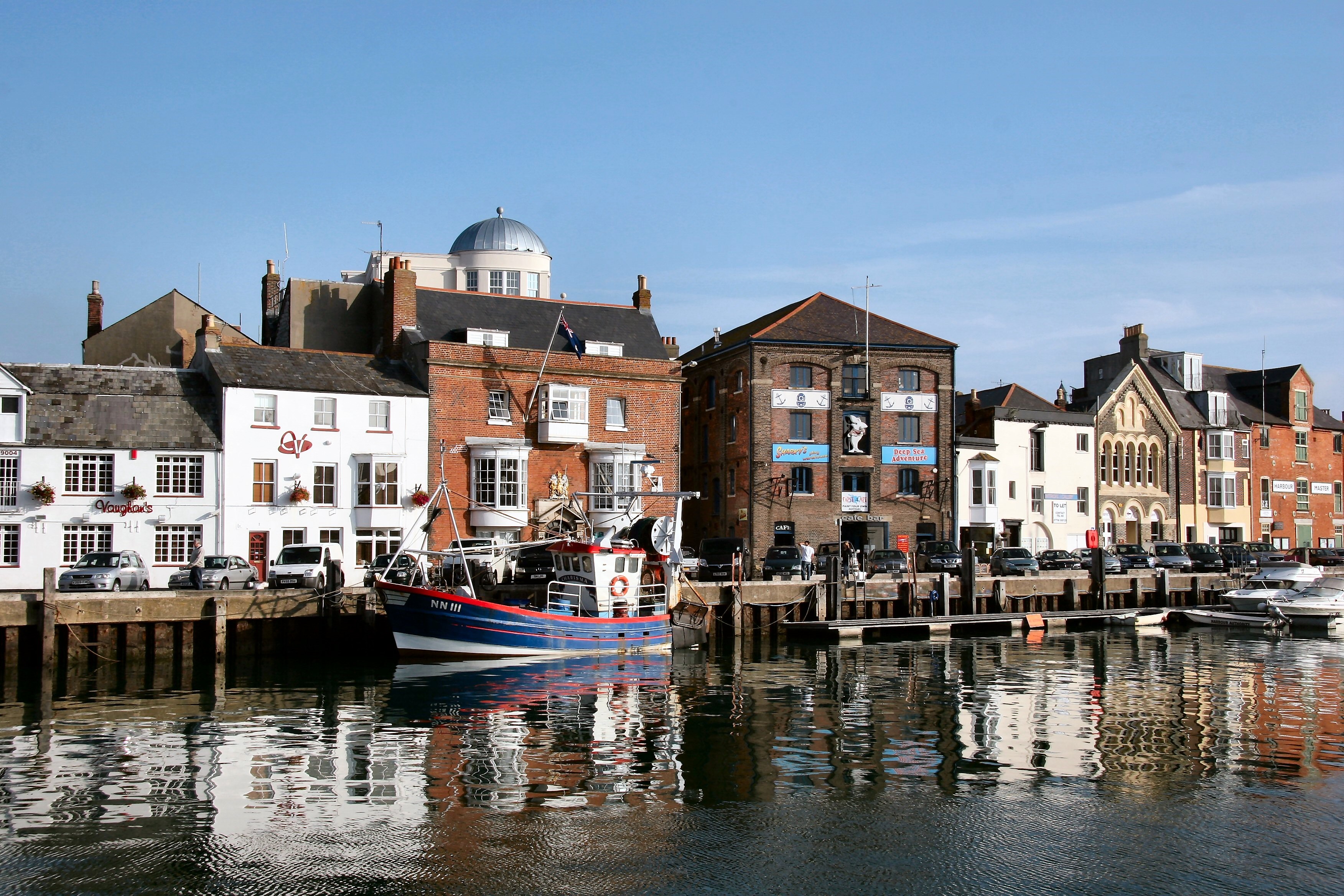
Weymouth is a busy, prosperous resort and port. The Black Death which went on to kill up to fifty percent of the British population first entered the country in 1348 at this quay.
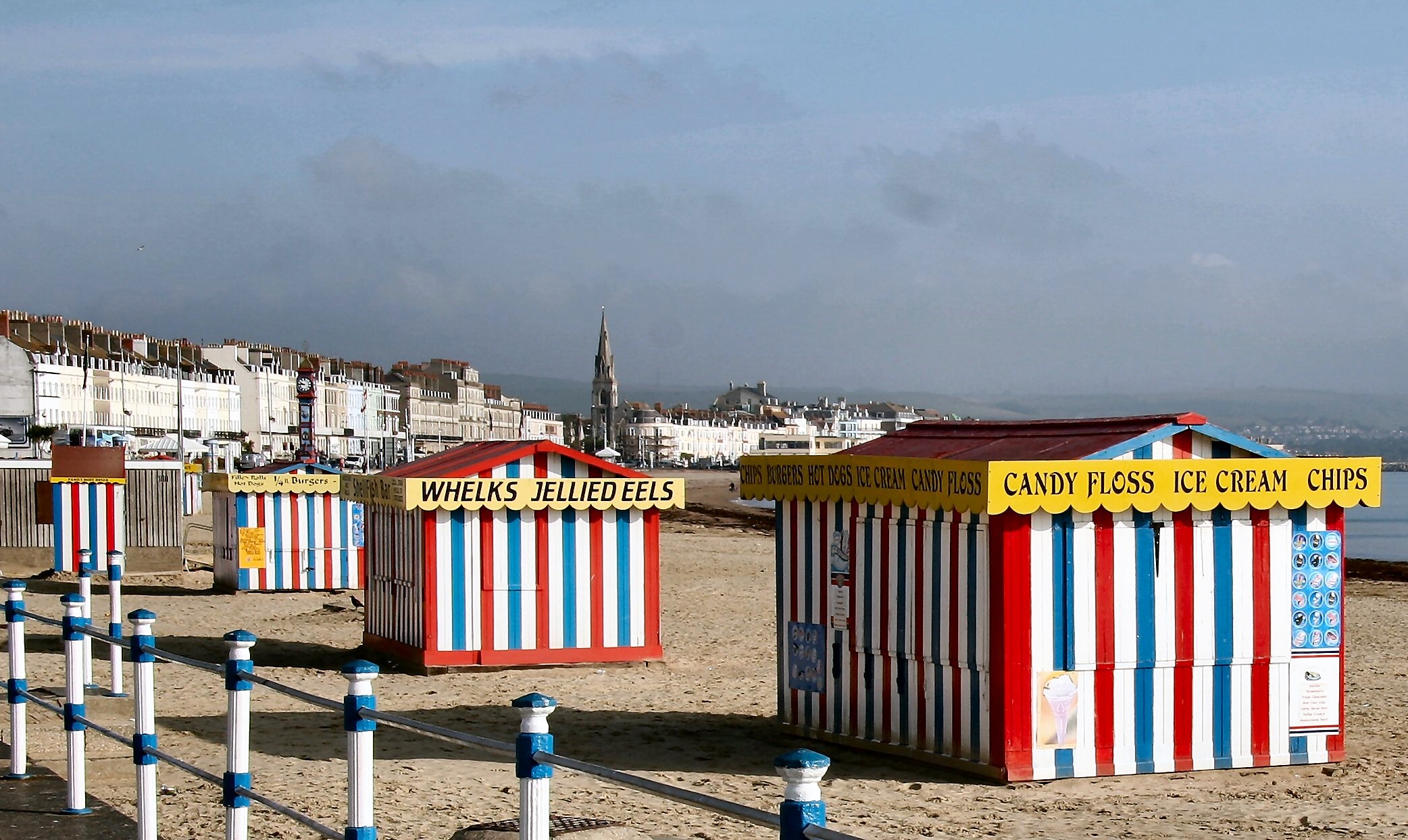
As resort Weymouth has the advantage of the finest grade of sand. It means that the most intricate of sand sculpture is possible.
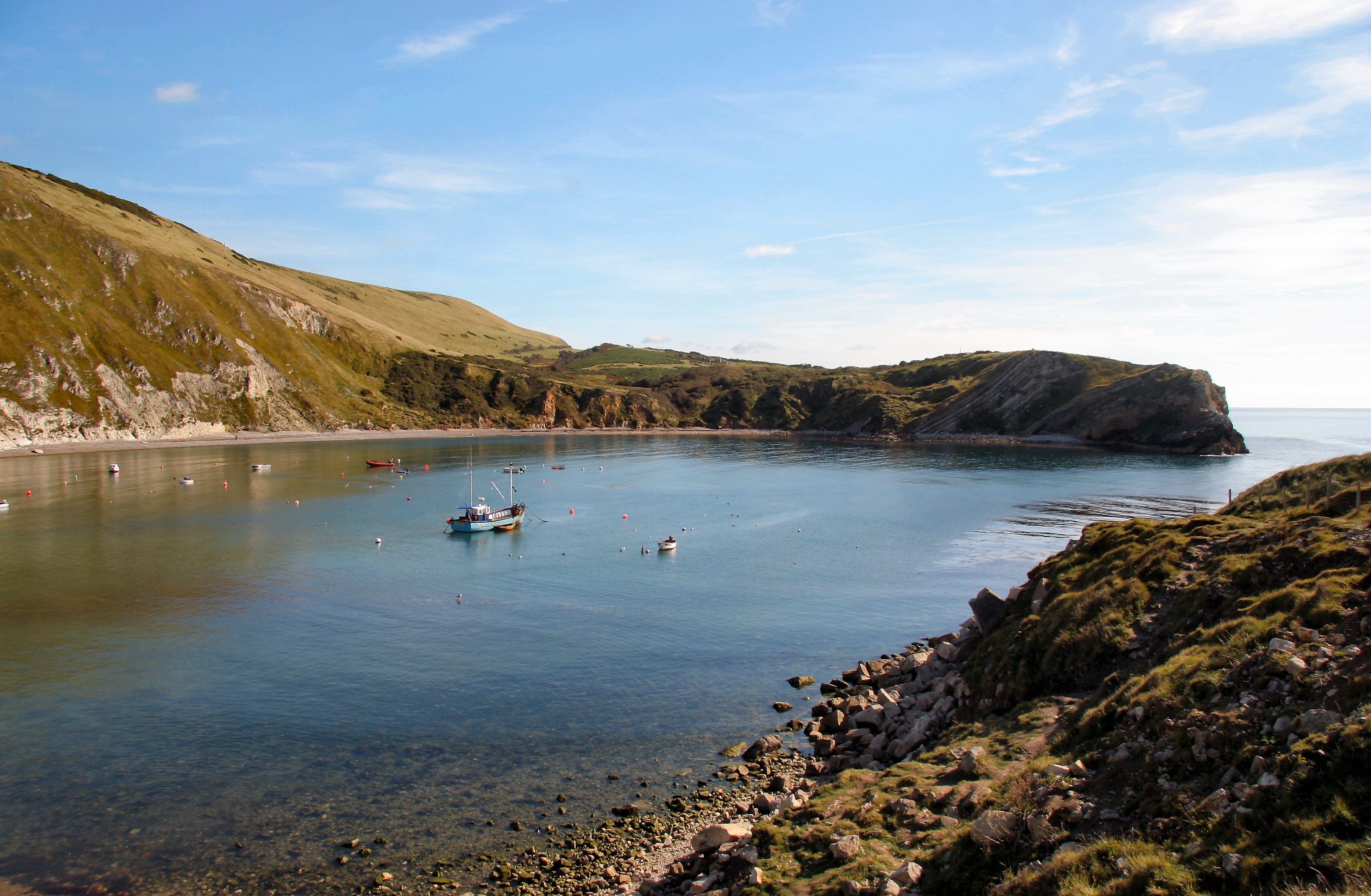
Just east of Weymouth is the delightful Lulworth Cove. A breach in the hard rock at its mouth led to the hollowing out of the softer rock behind into the circular shape.
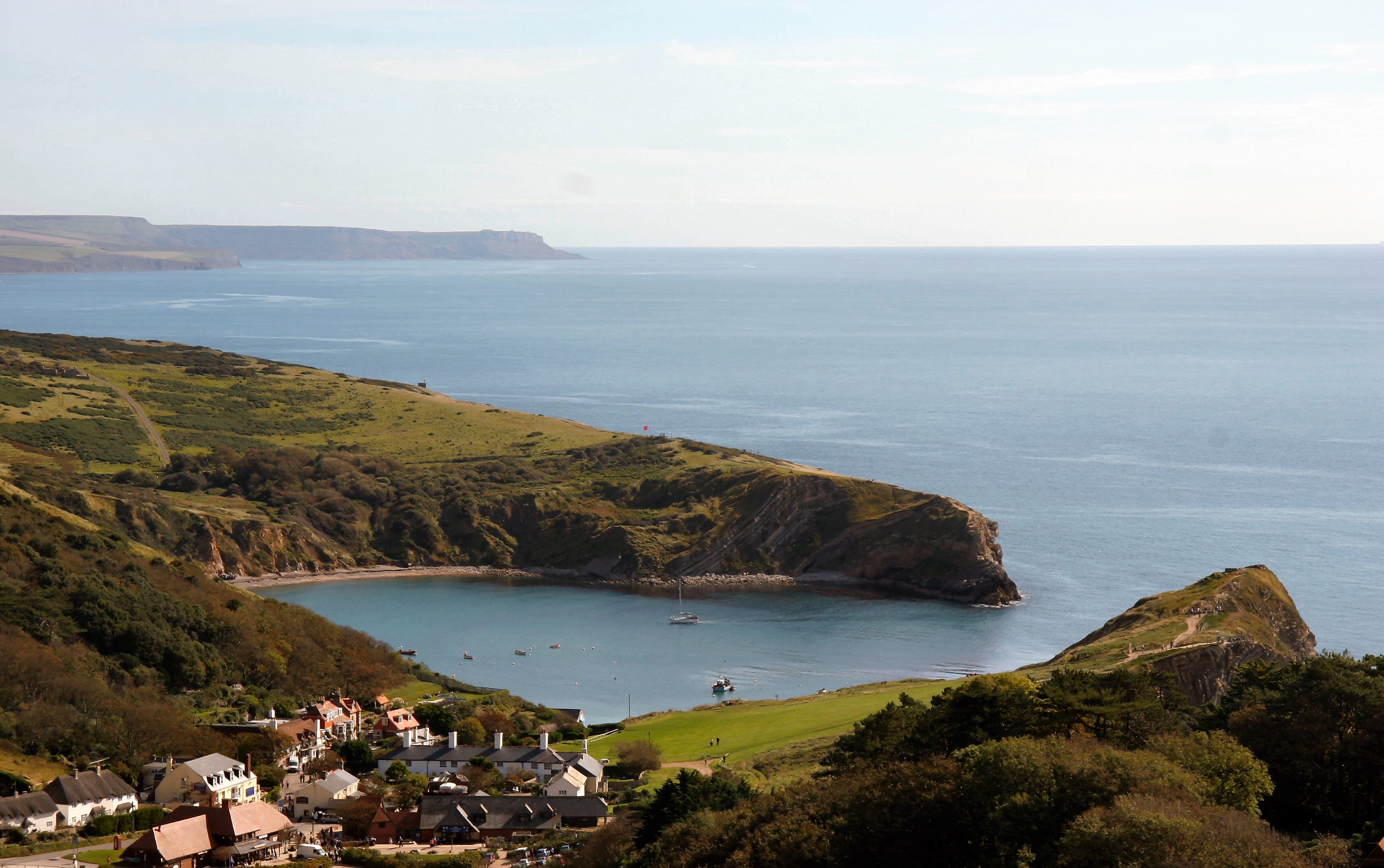
Lulworth Cove seen from the surrounding downs.
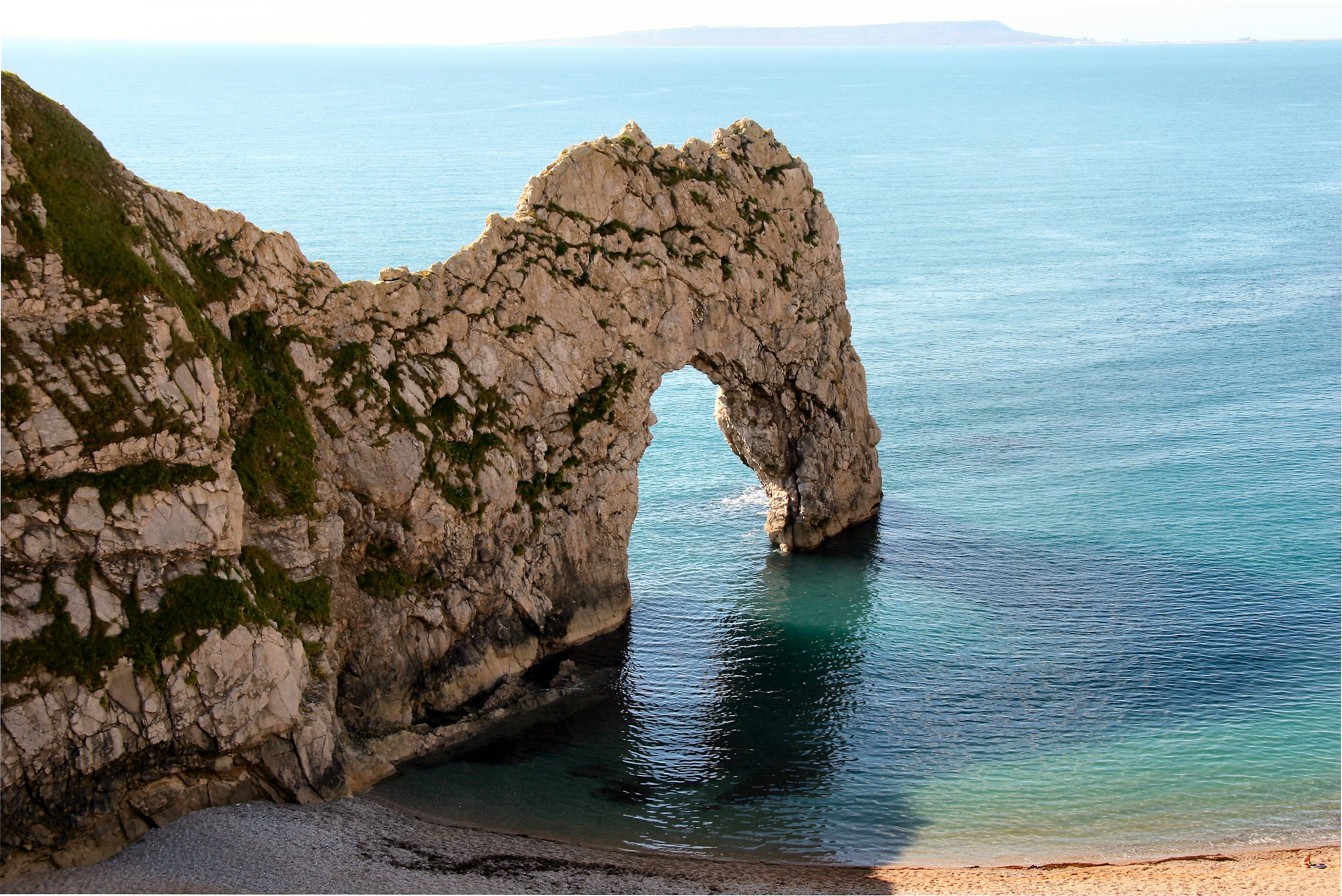
The same layer of hard Portland limestone that created Lulworth Cove is also responsible for Durdle Dor. Here the limestone strata lies vertically to create this famous Dorset feature. Just visible behind is the Isle of Purbeck where this strata is also found.
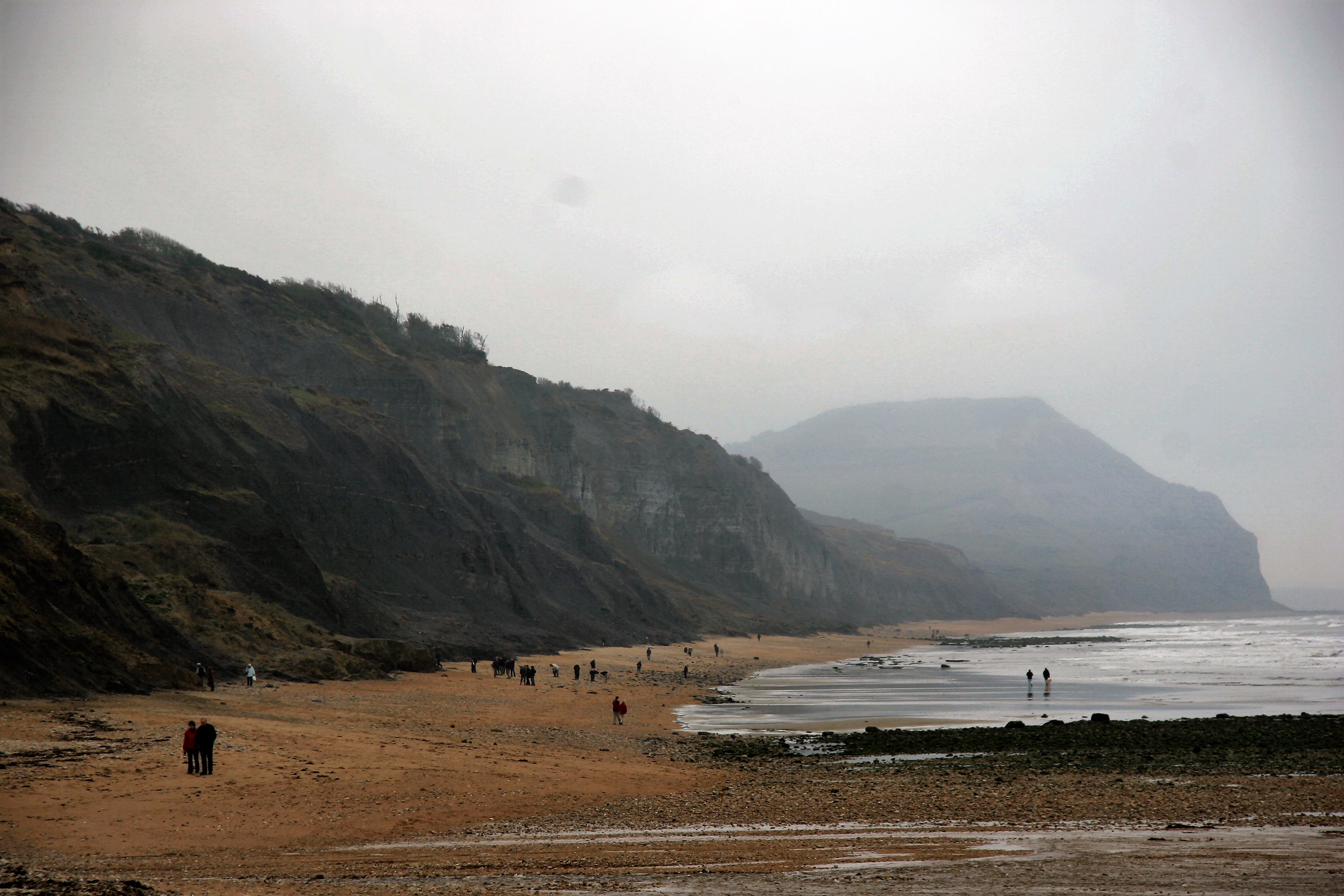
This is the heart of the Jurassic Coast, just east of Lyme Regis where, when conditions are right, the dinosaur fossils erode out of the crumbling soft cliffs and fall onto the beach.
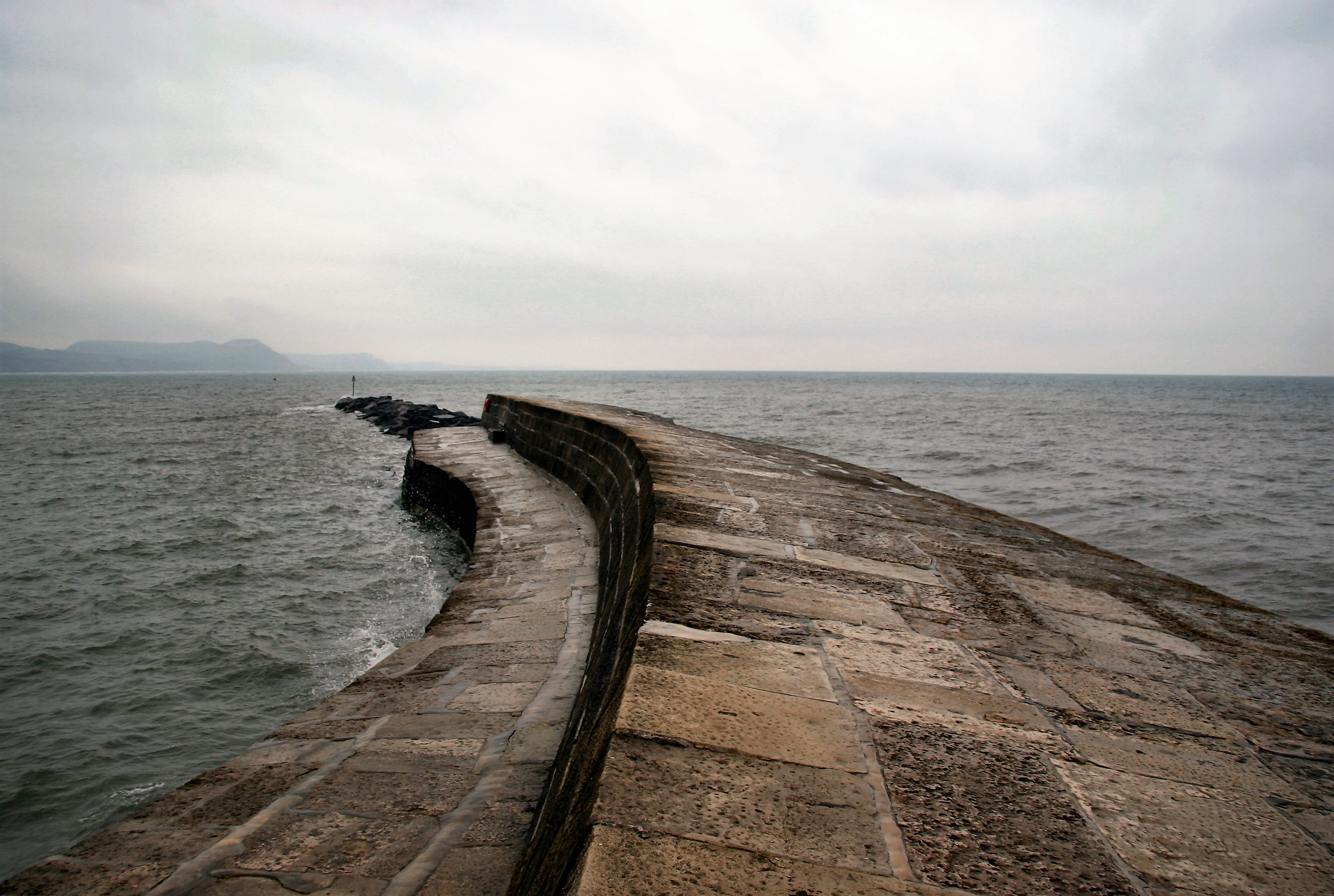
You may remember the film "The French Lieutenant's Woman". This is The Cobb in Lyme Regis, which featured in the film and where Meryl Streep got a bit wet.